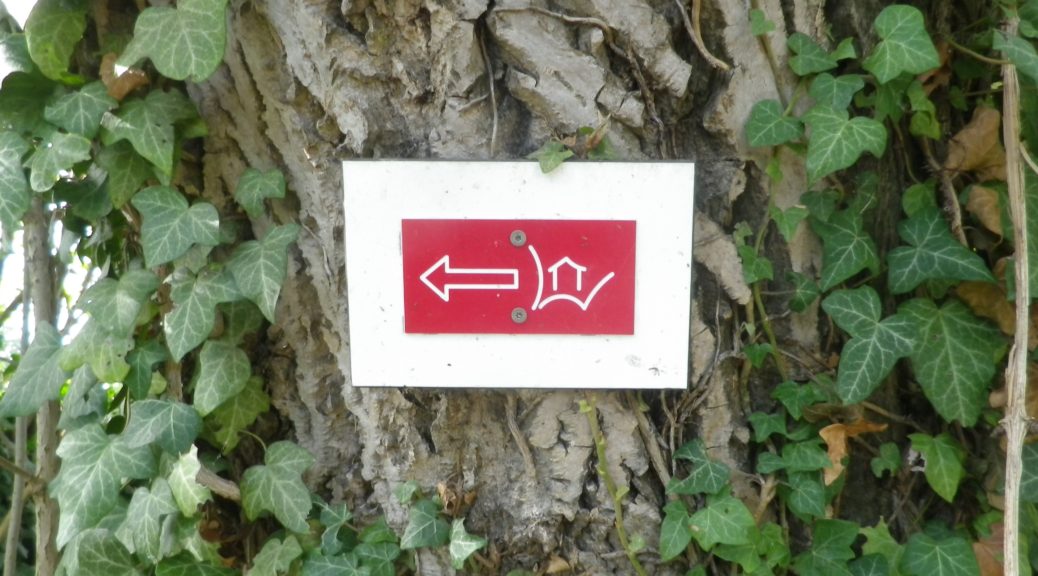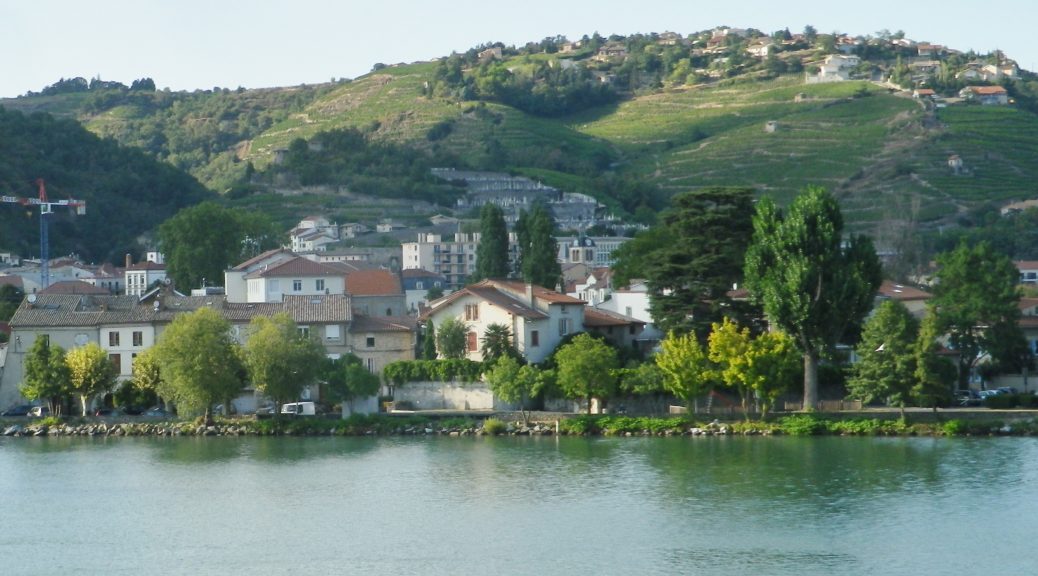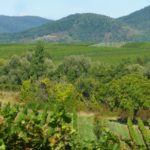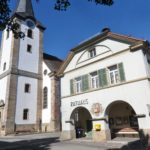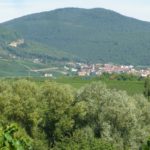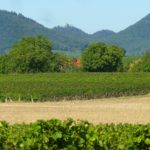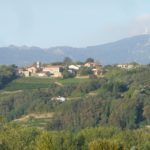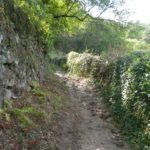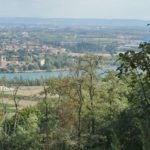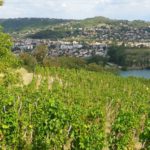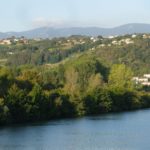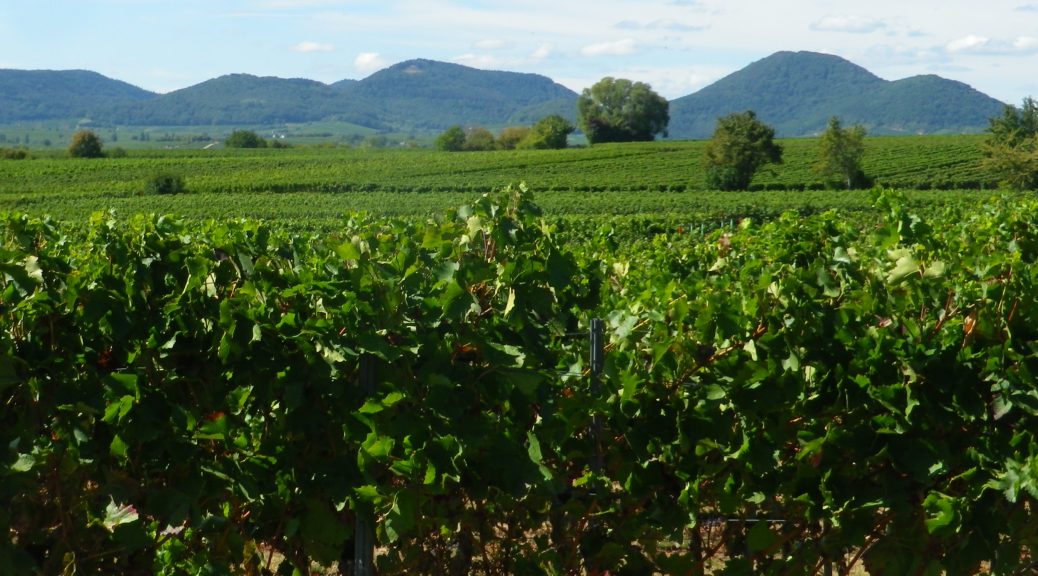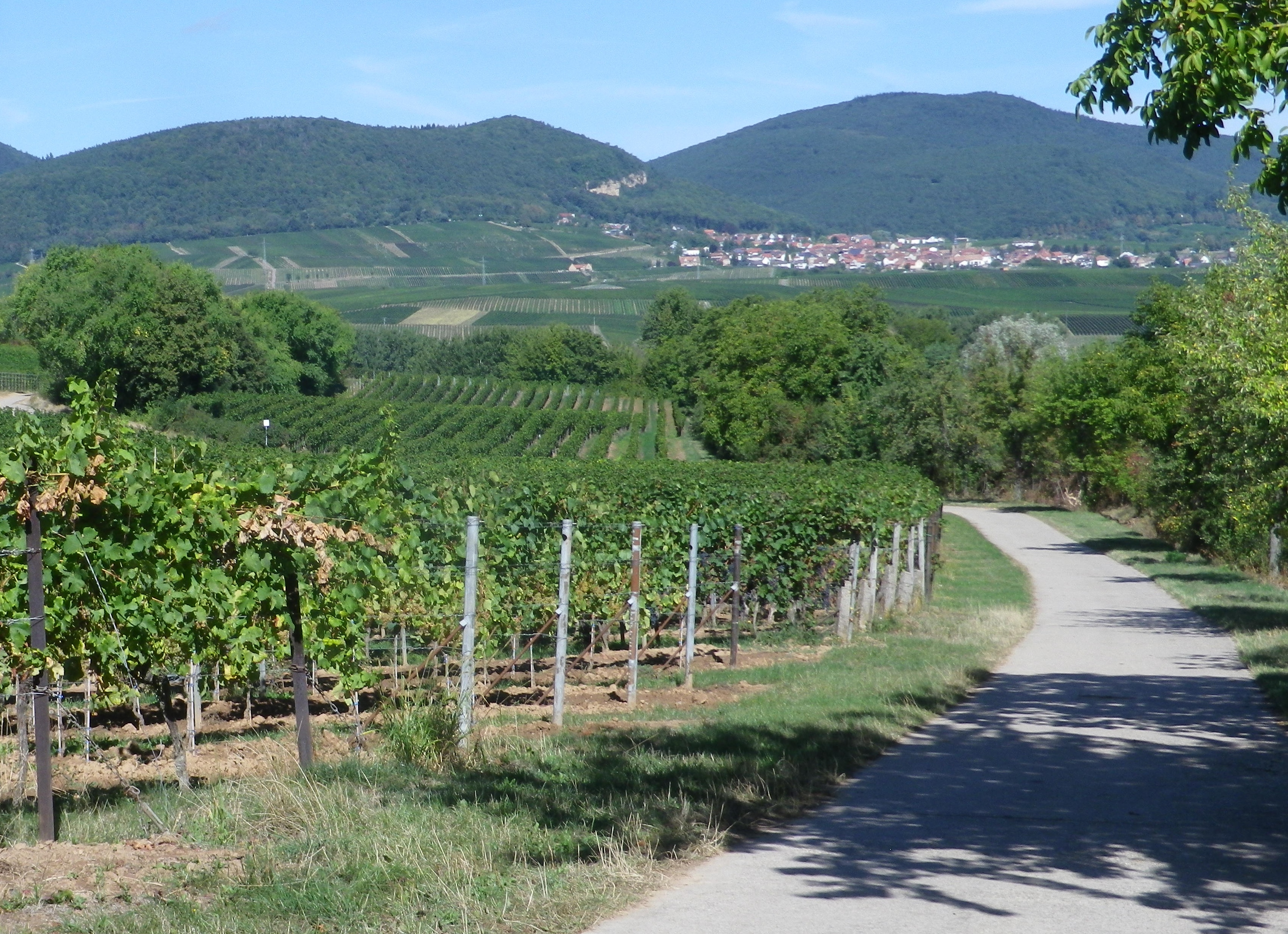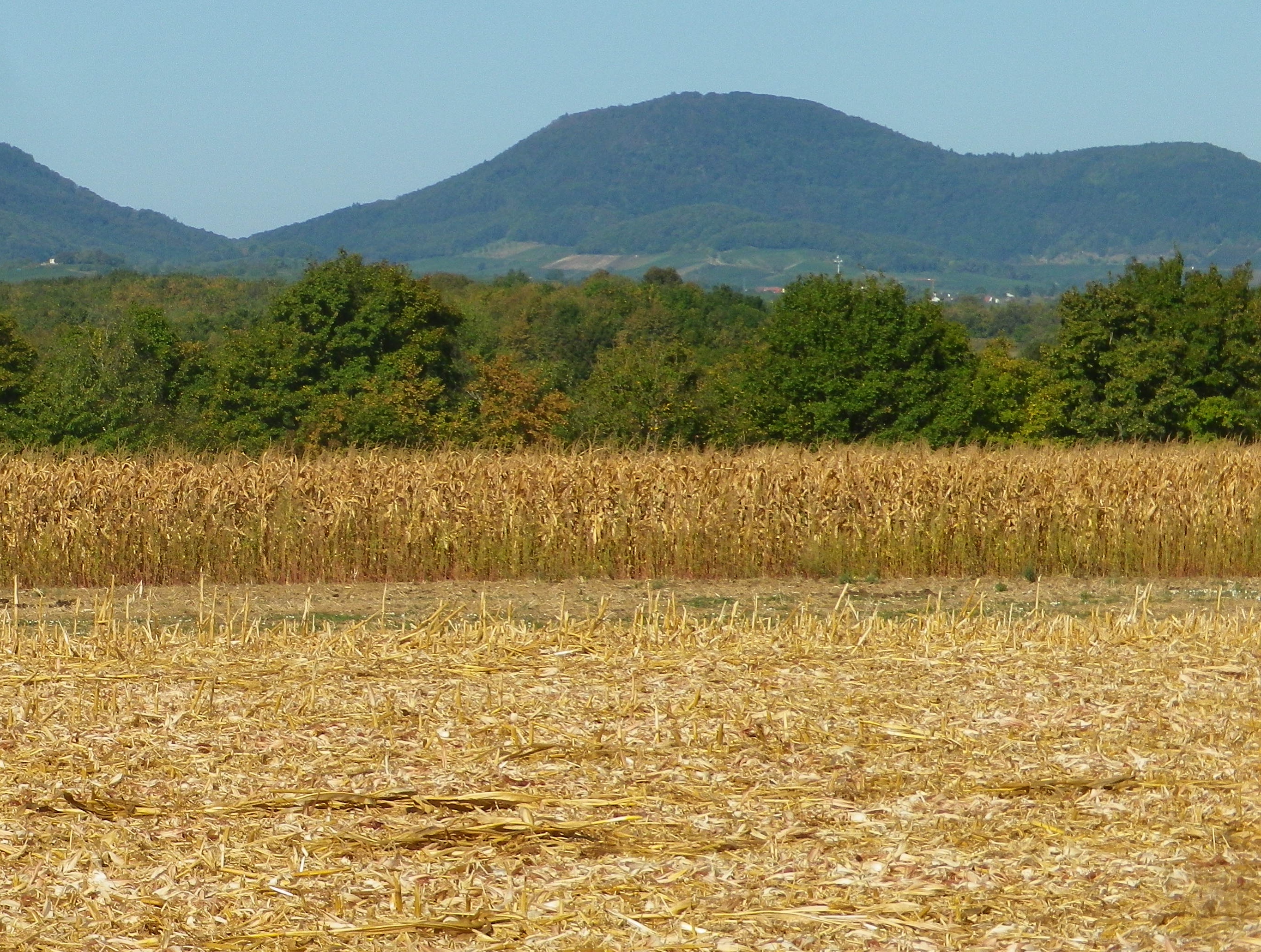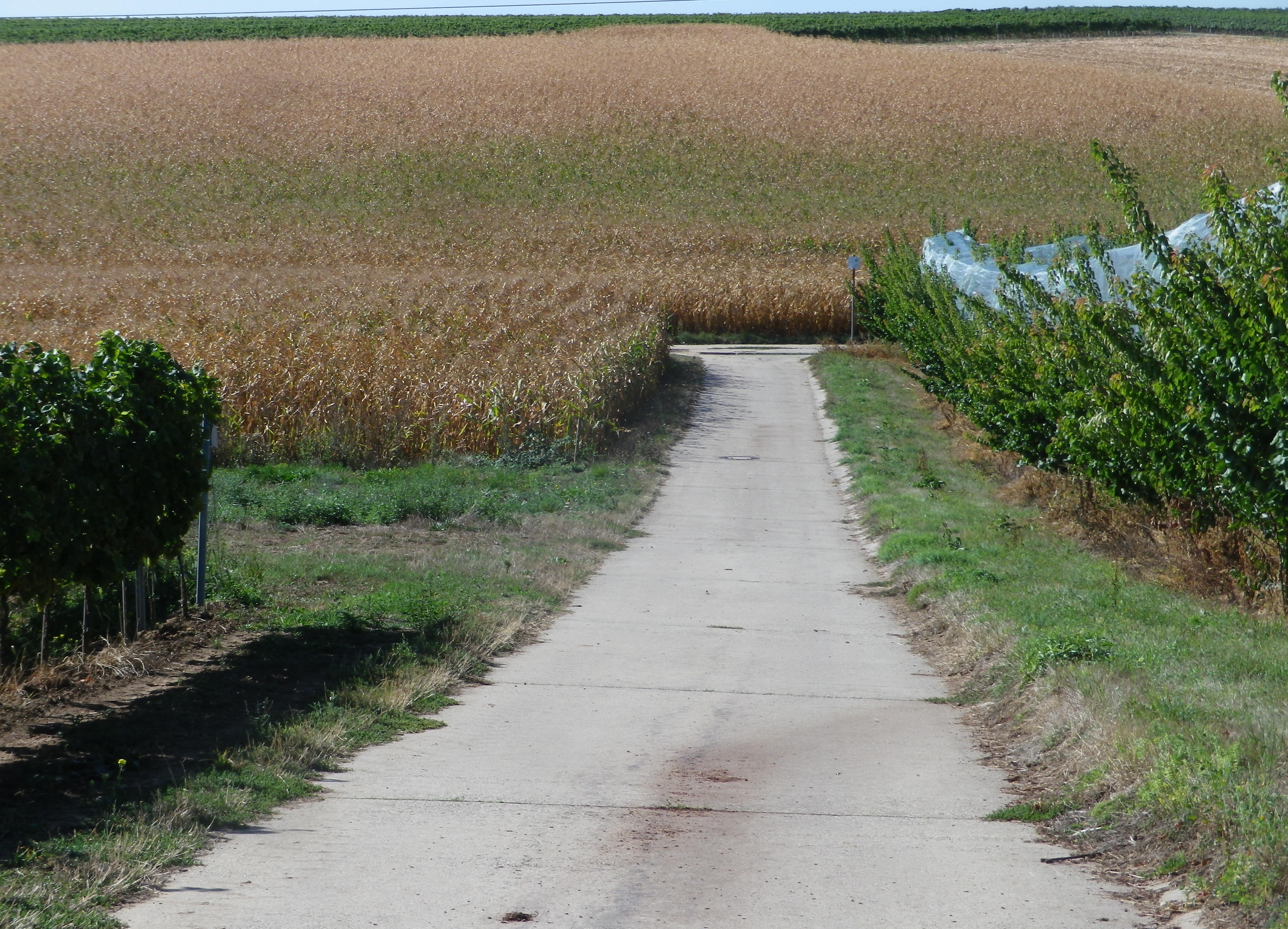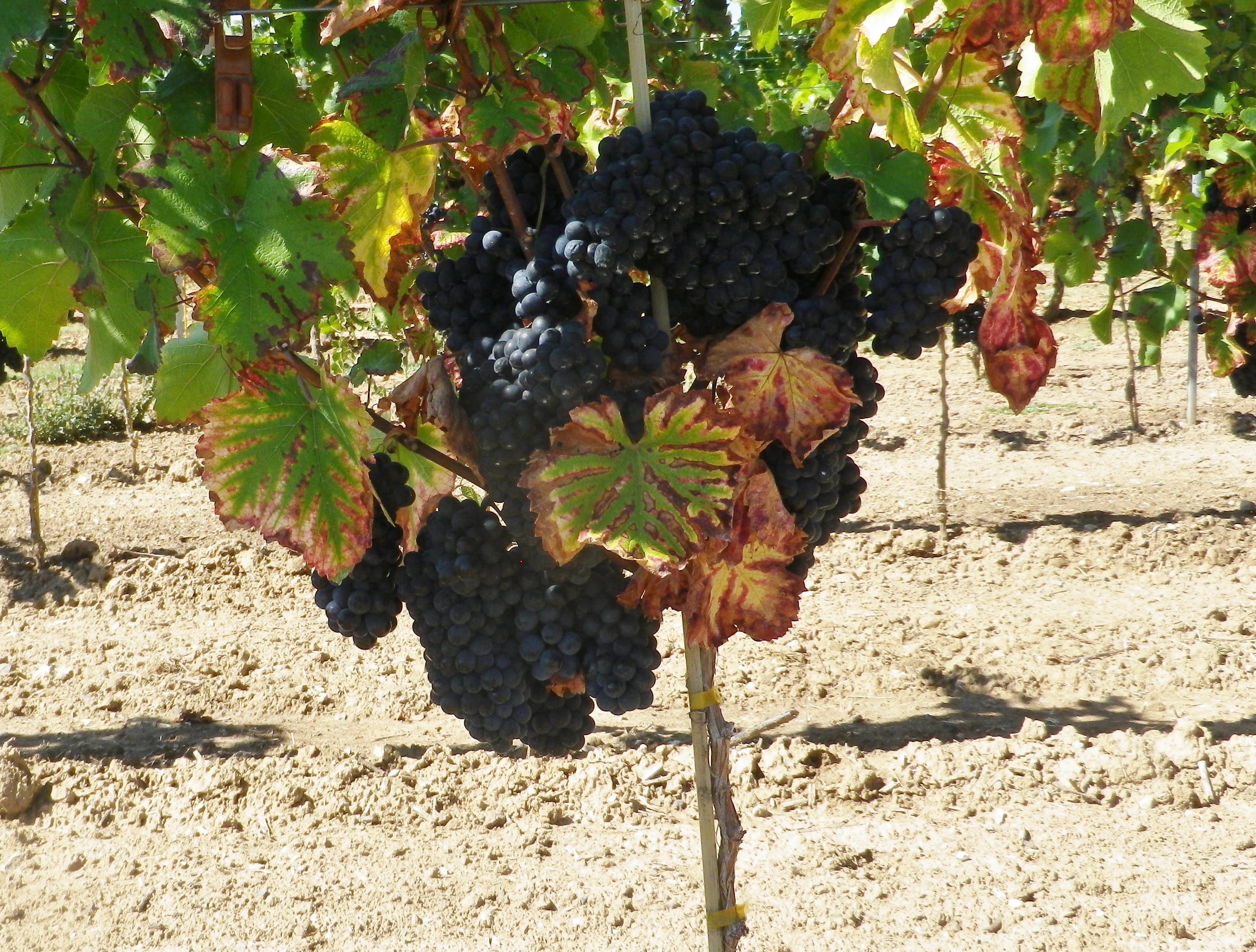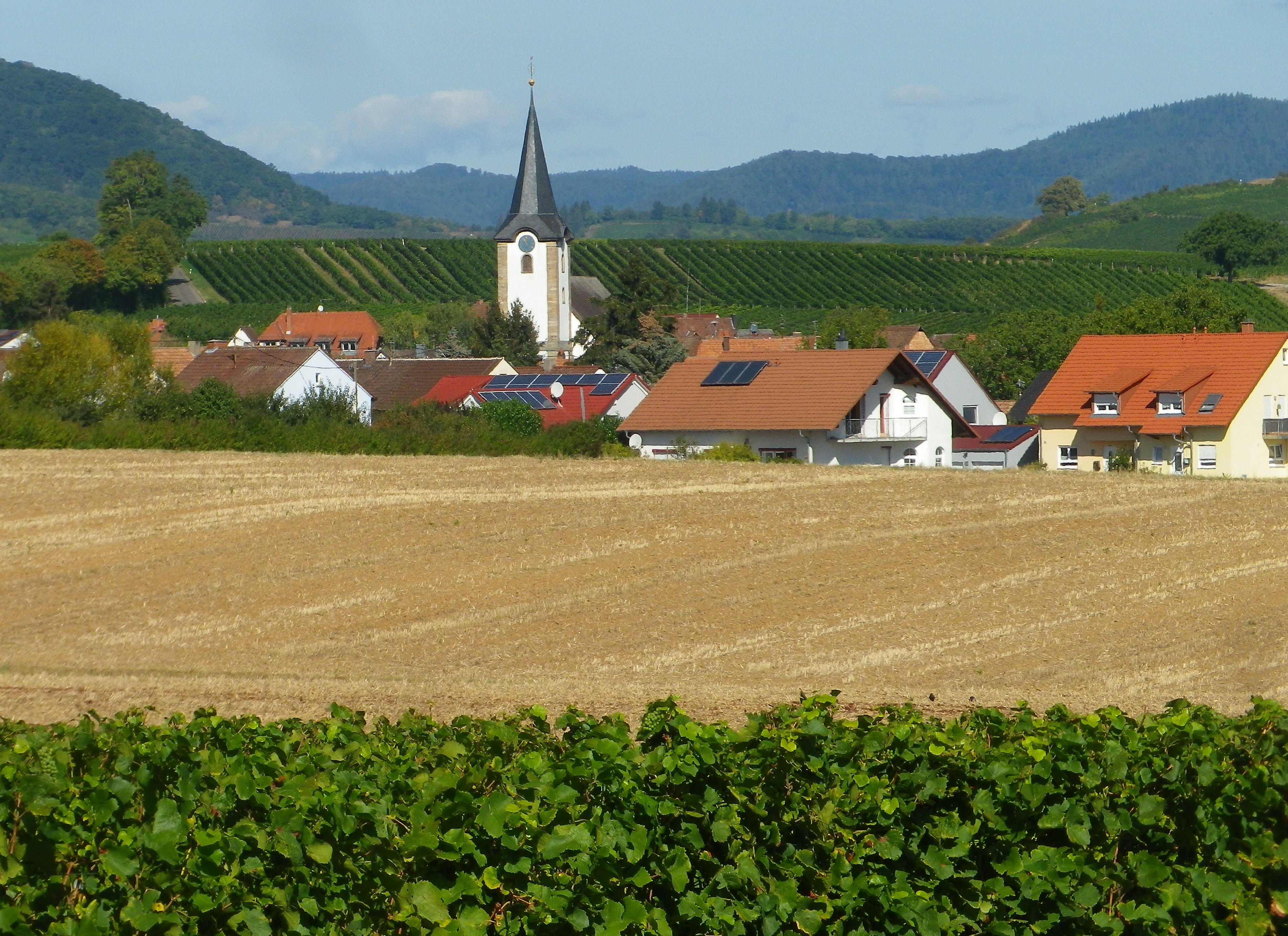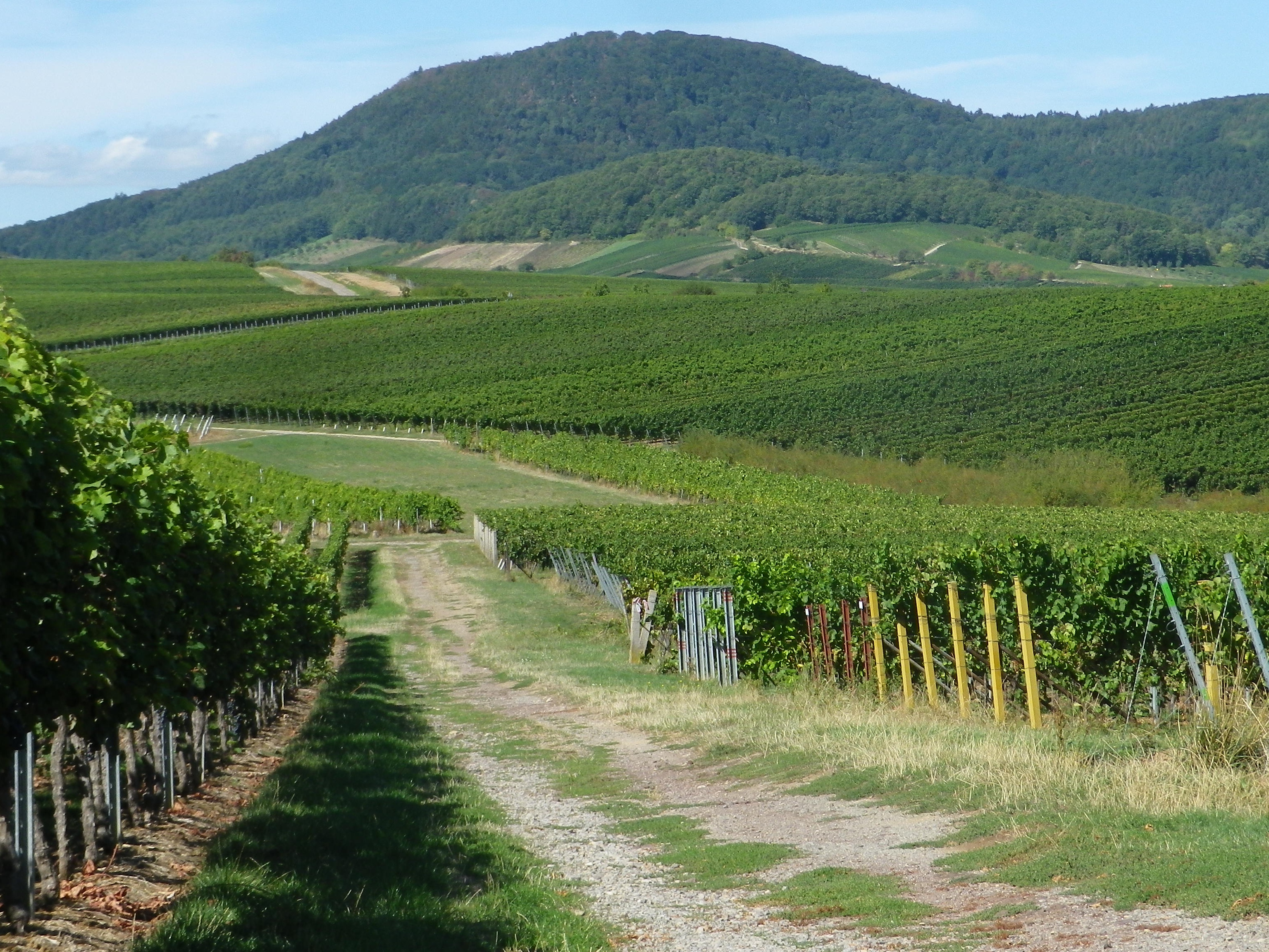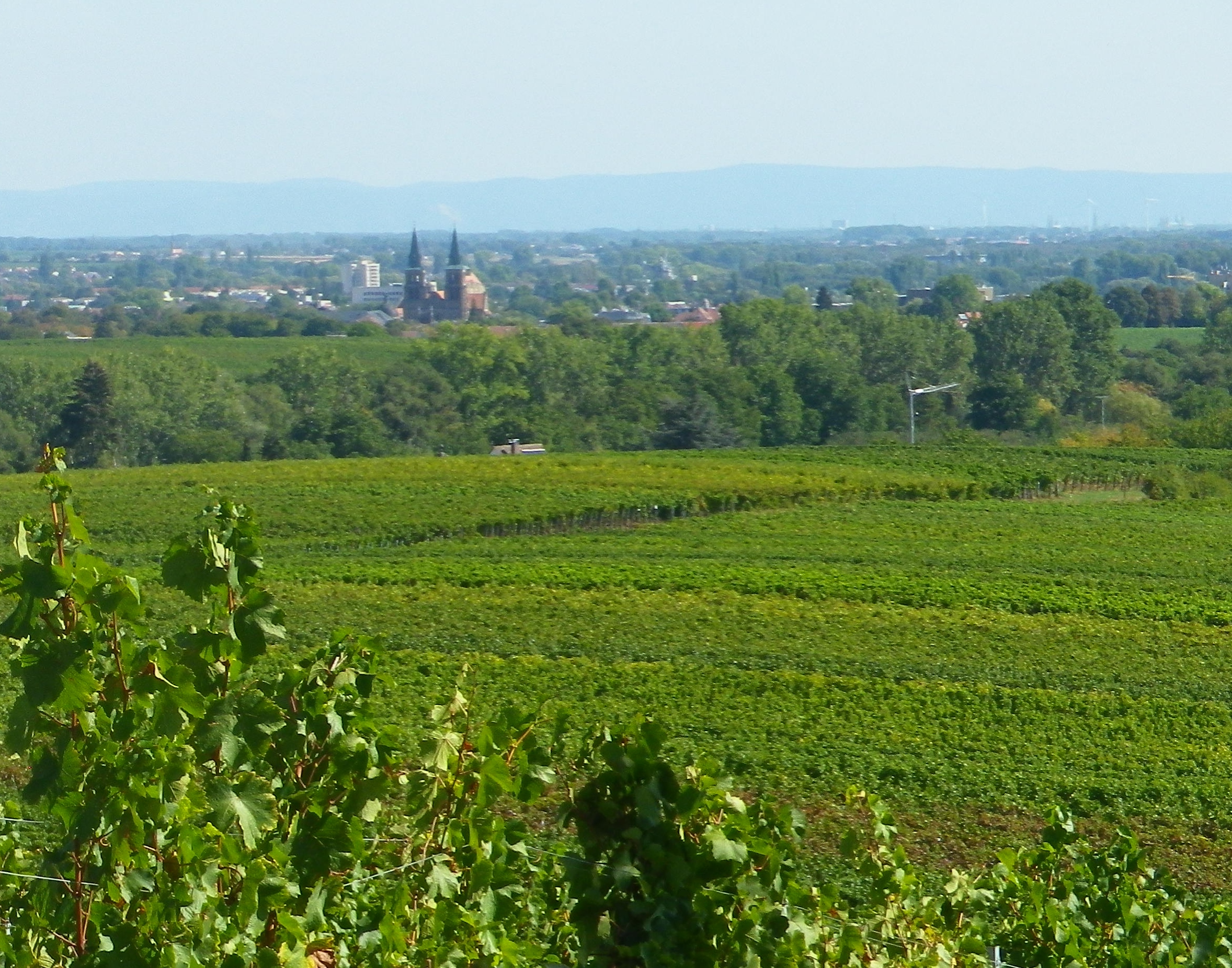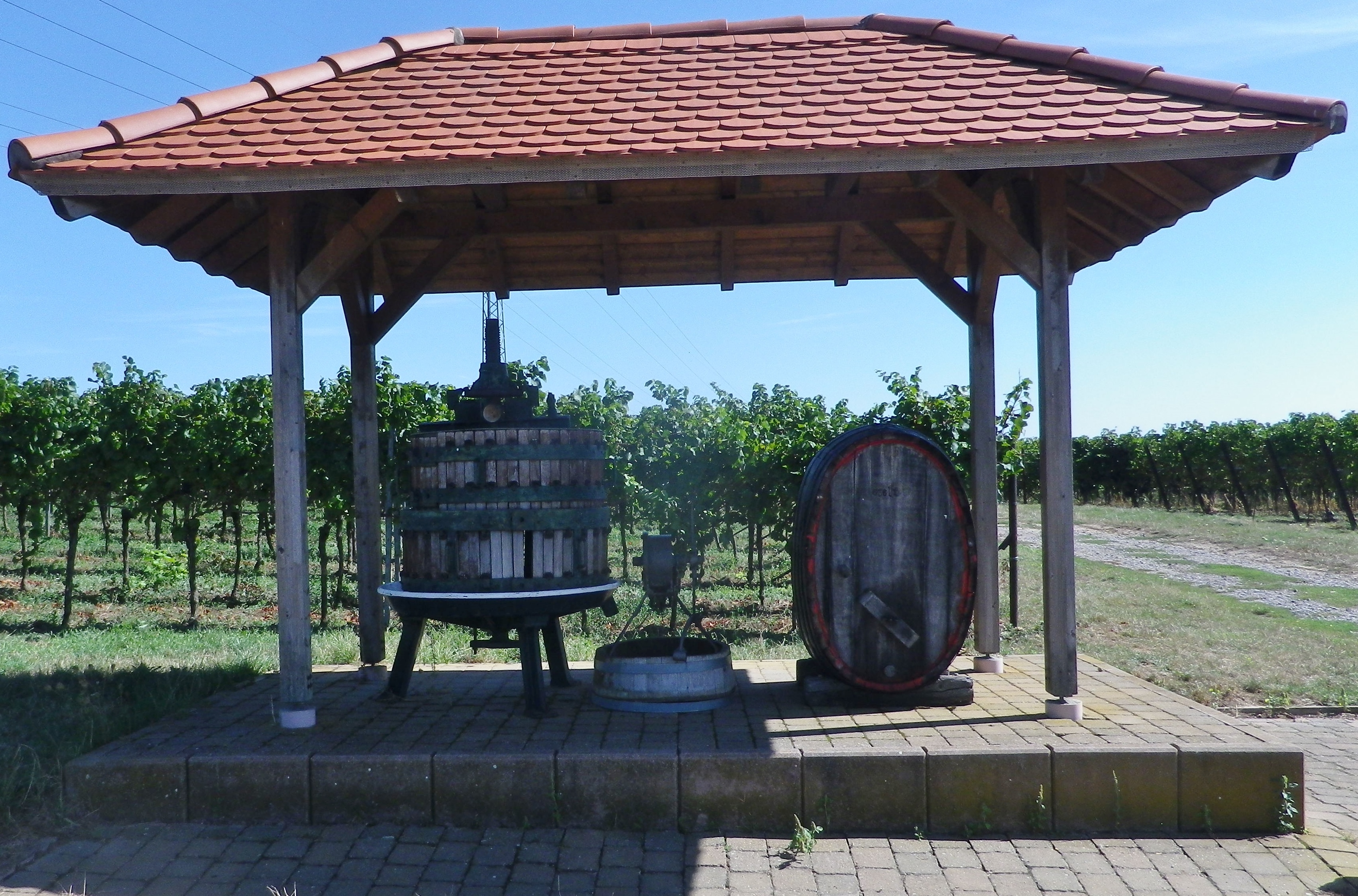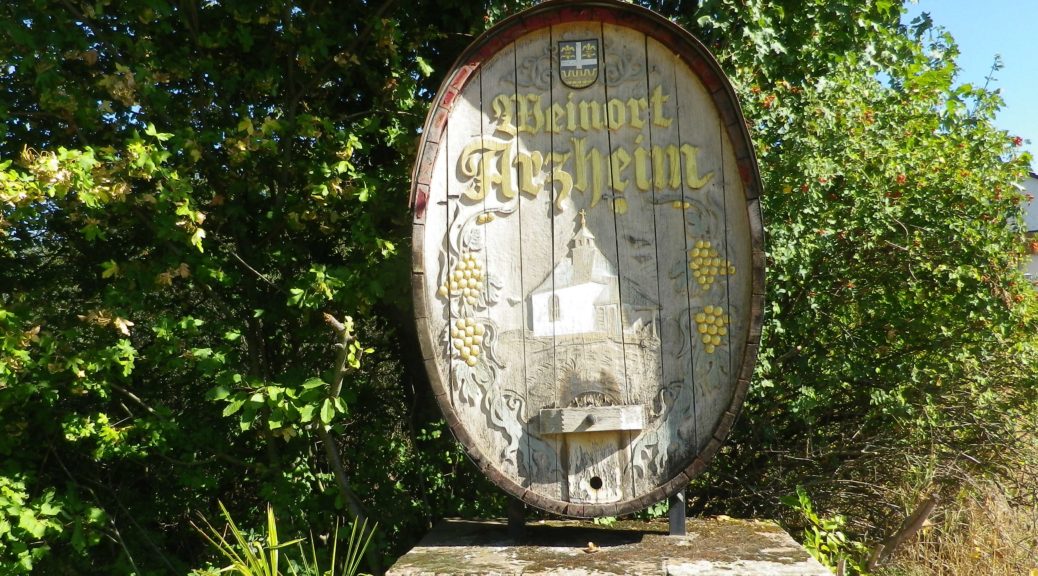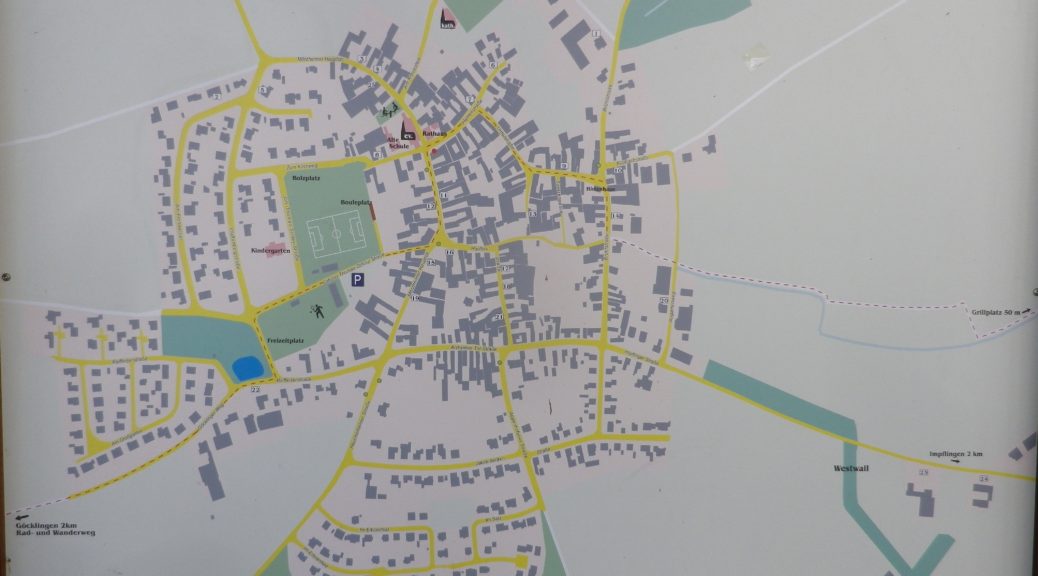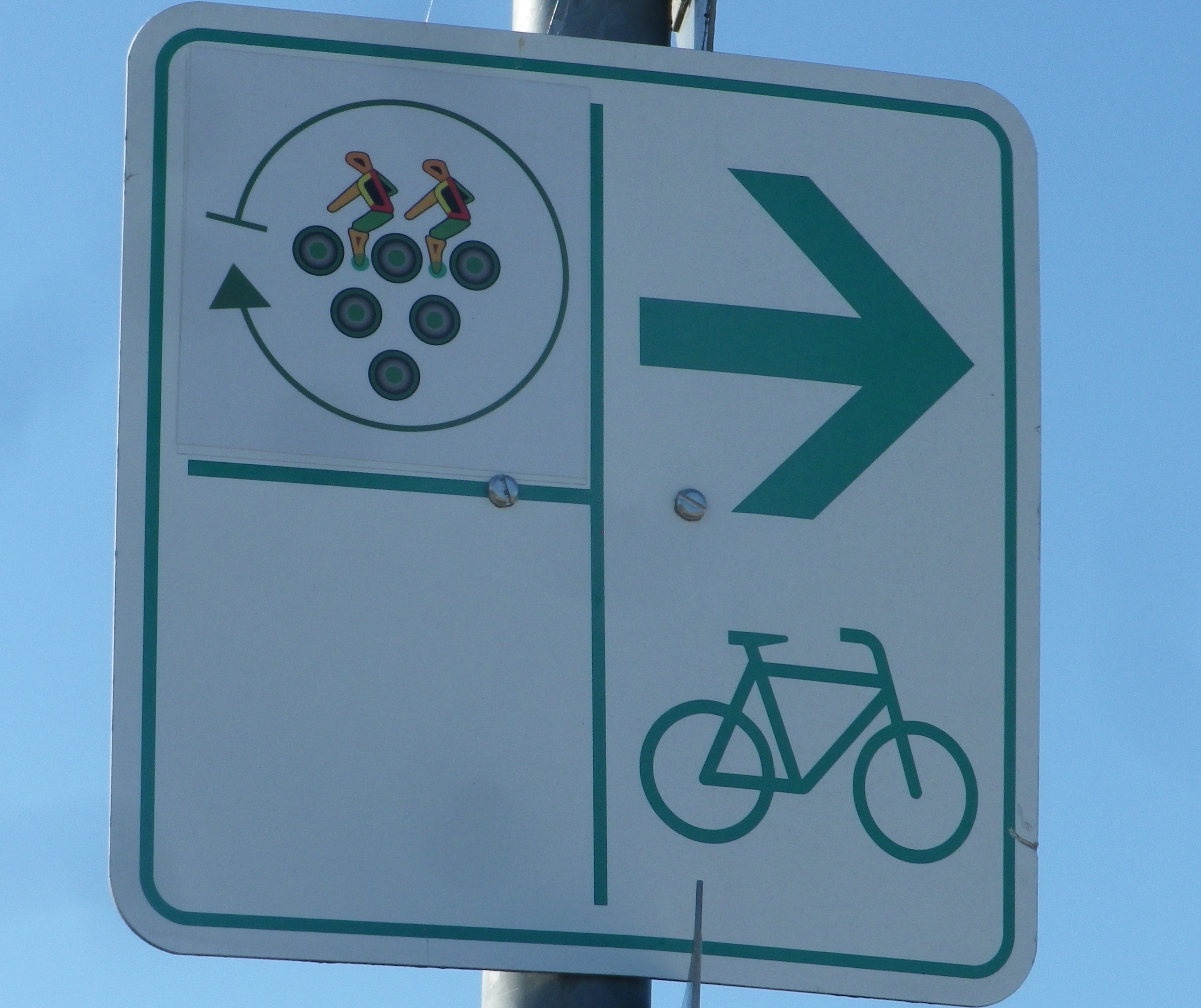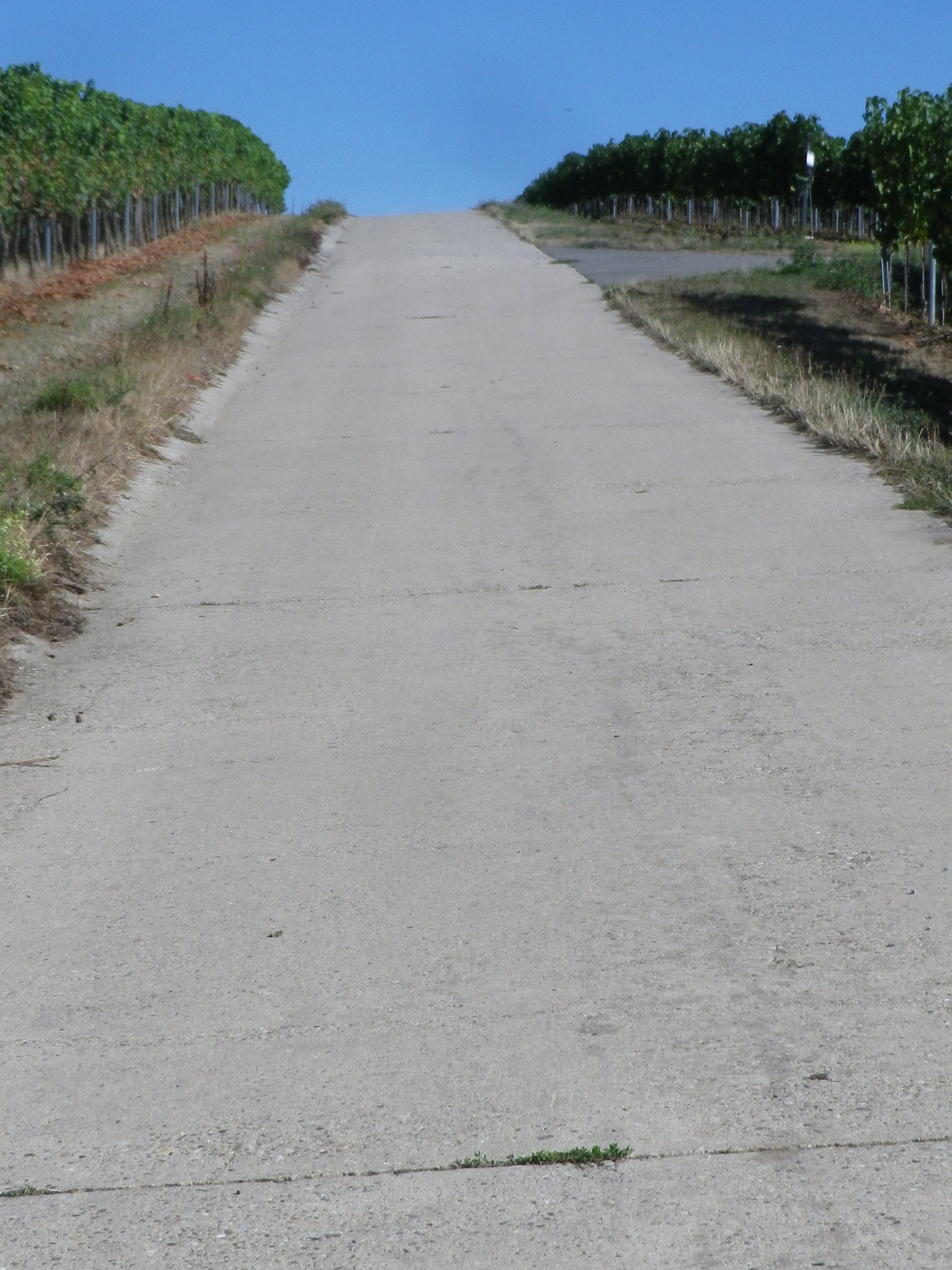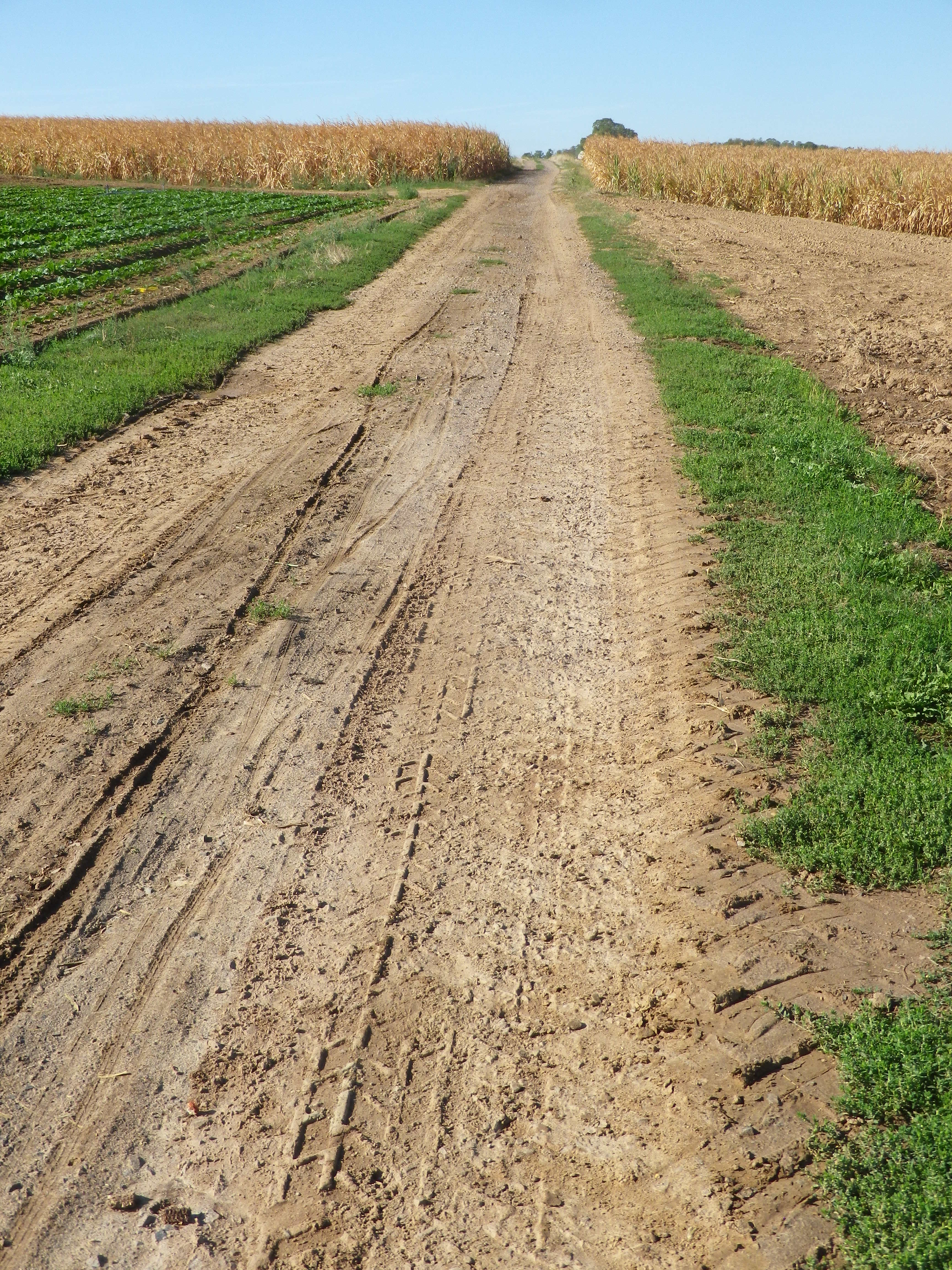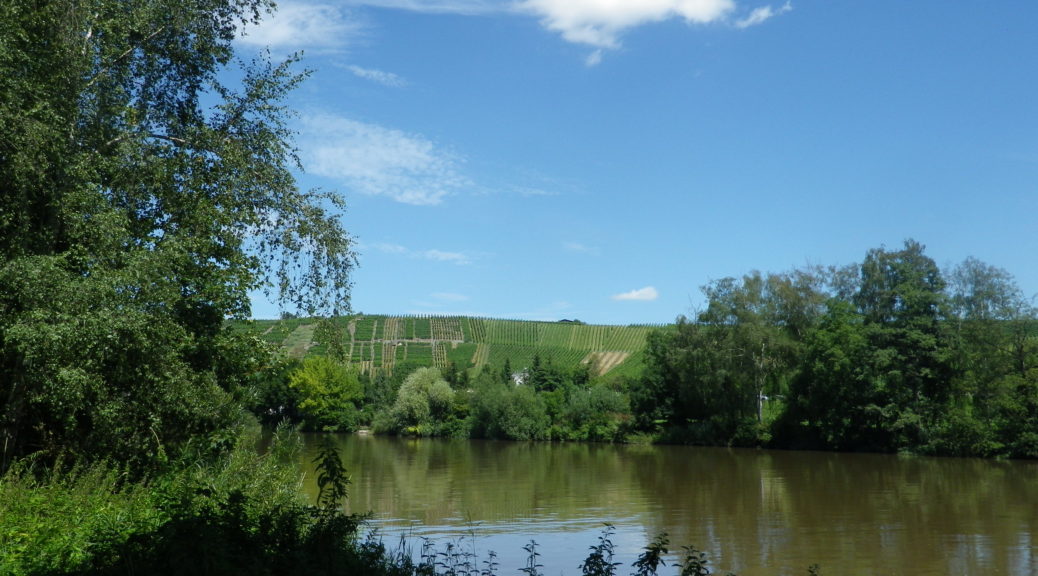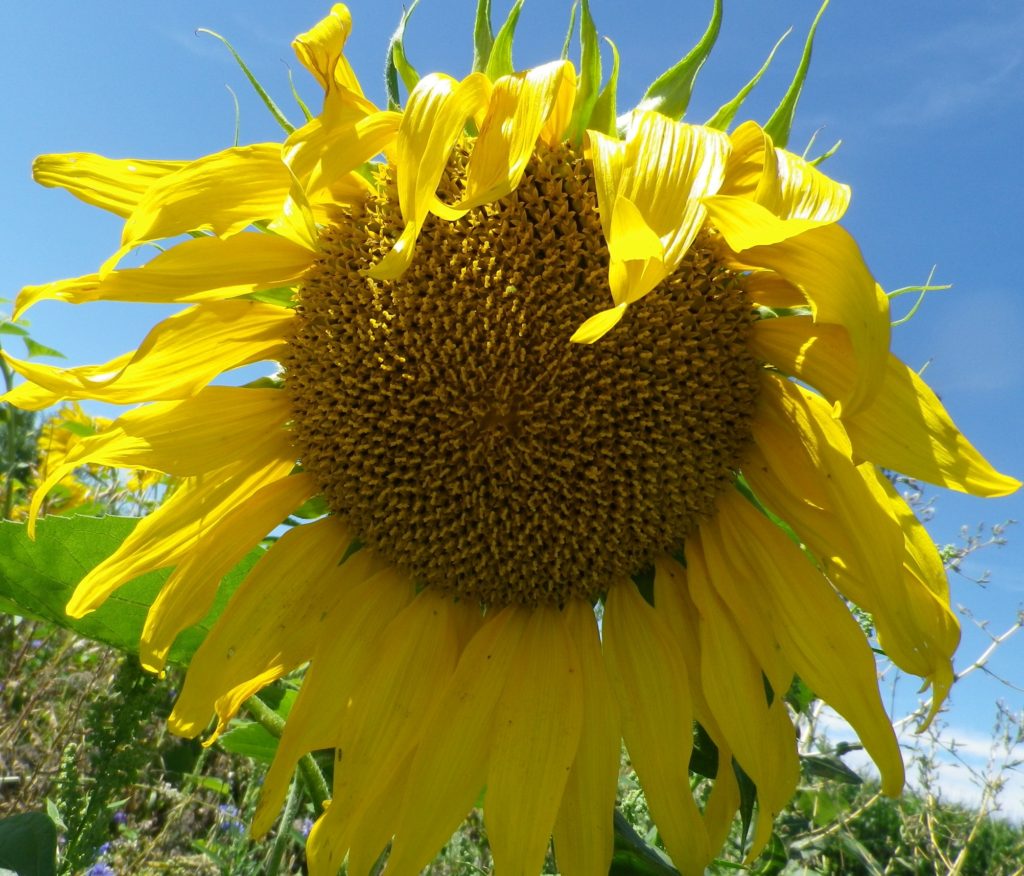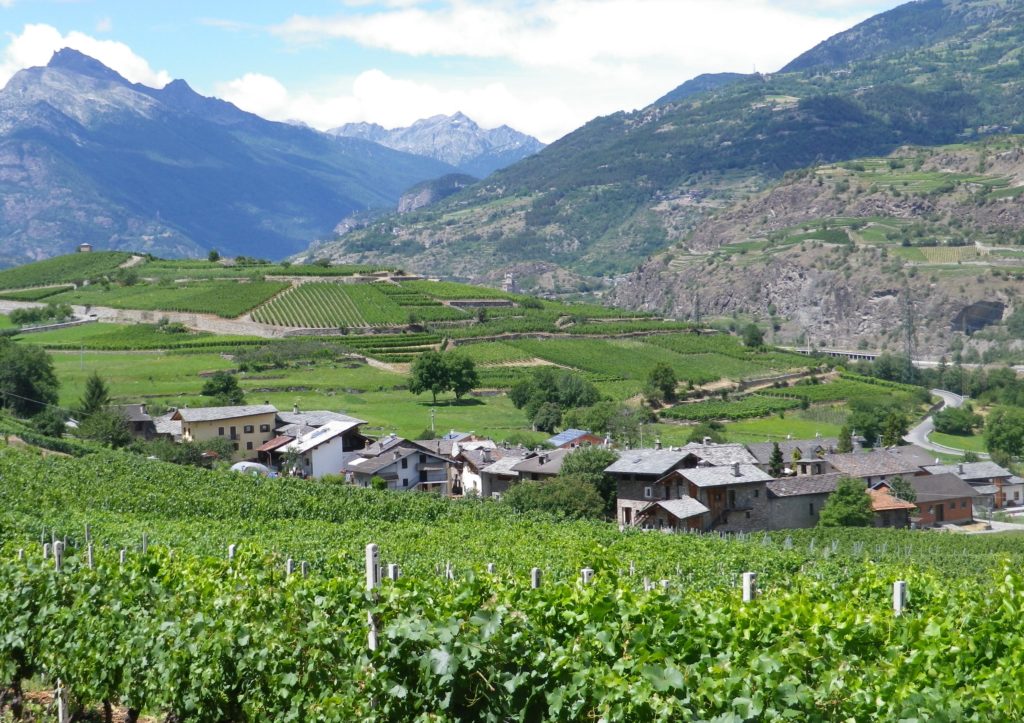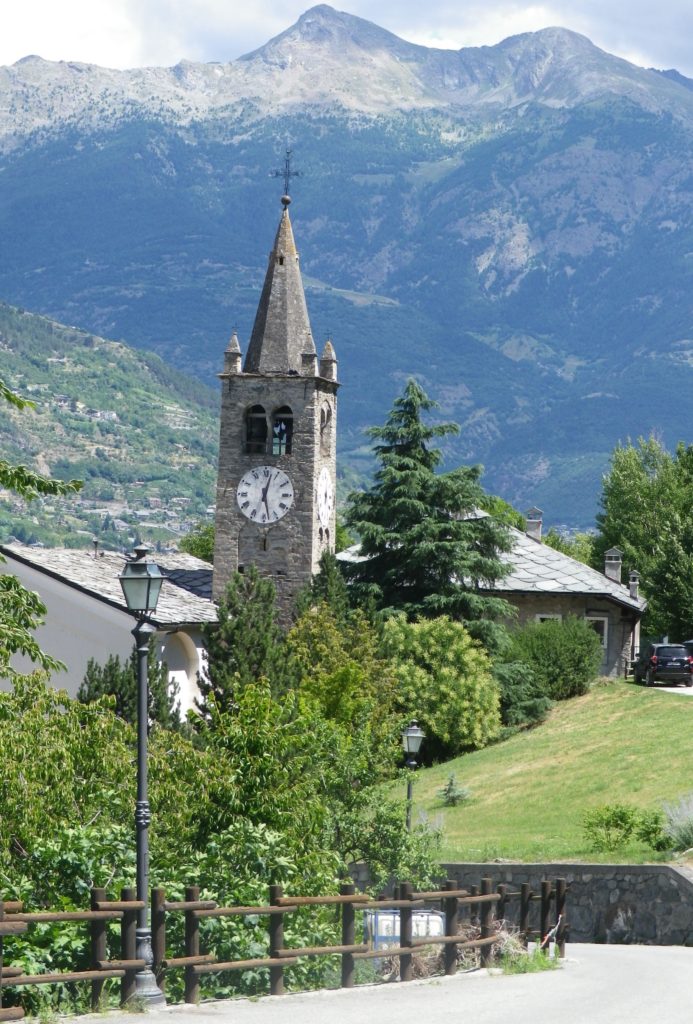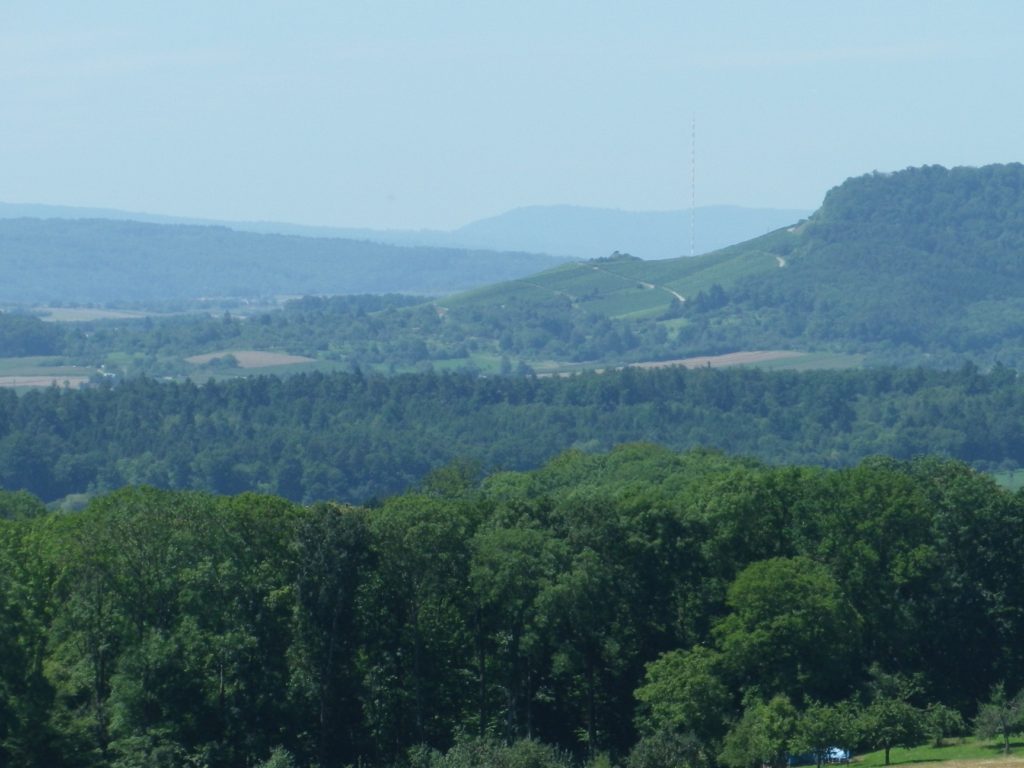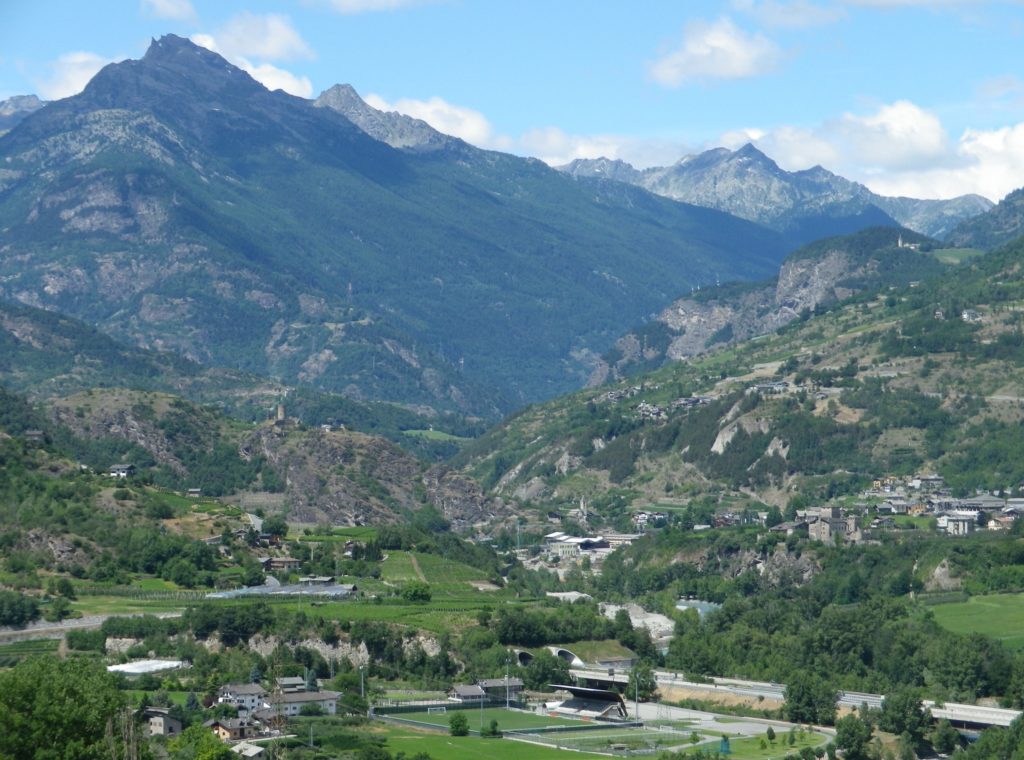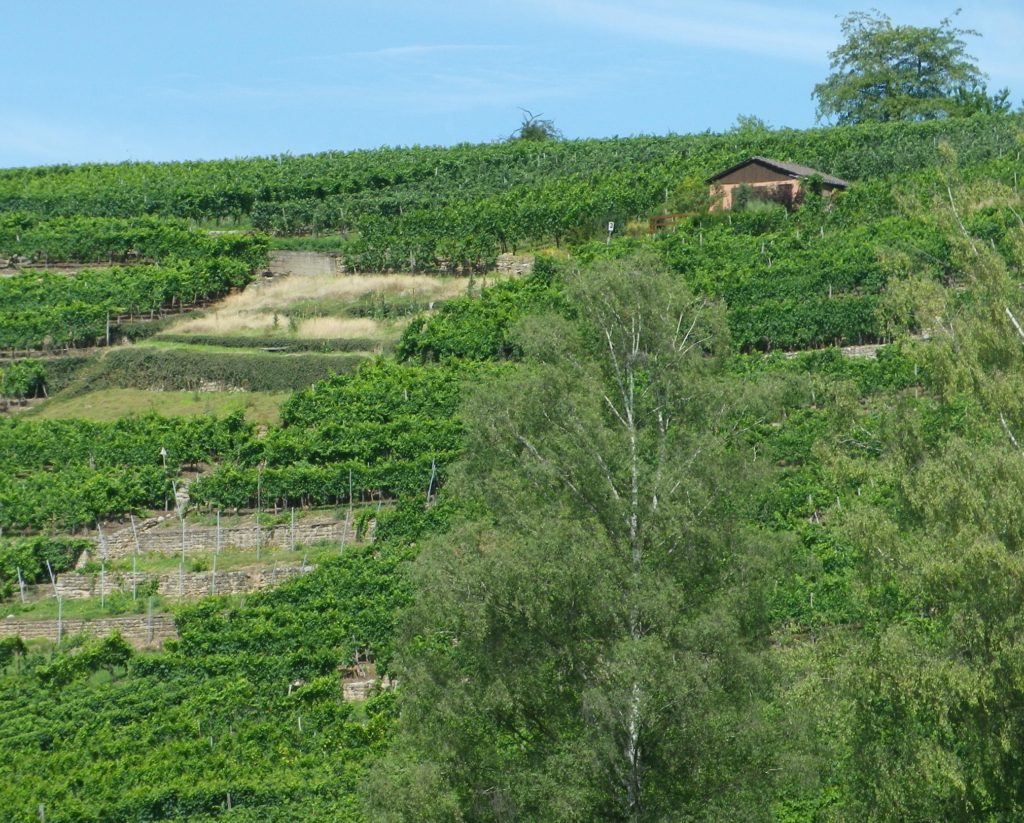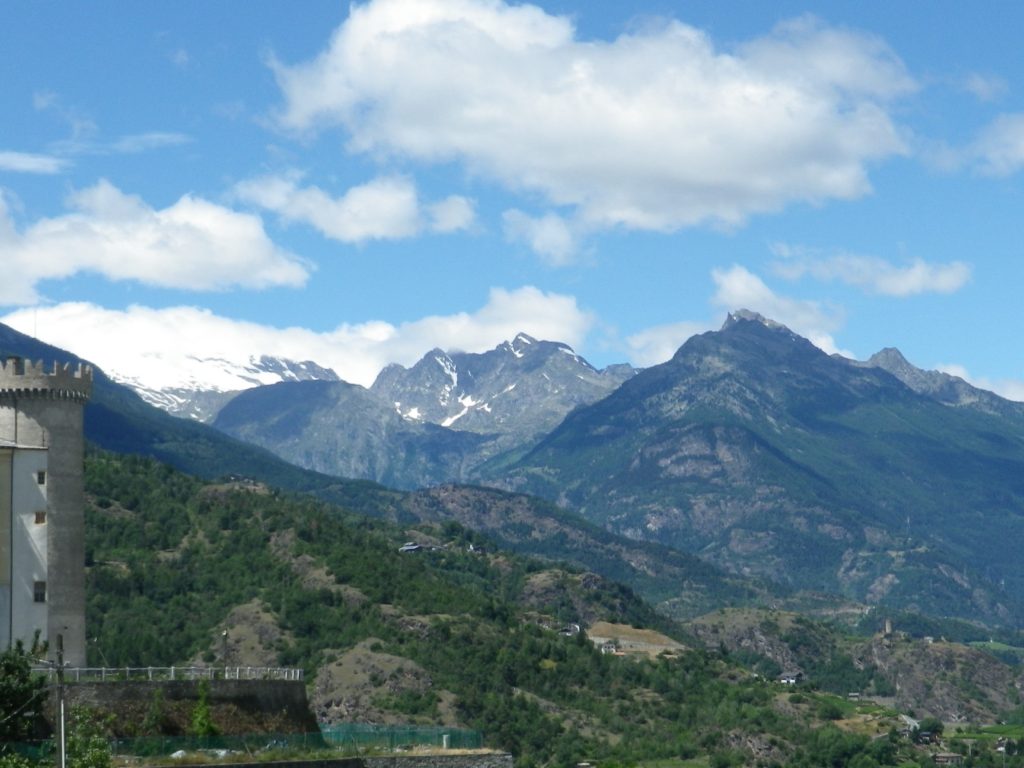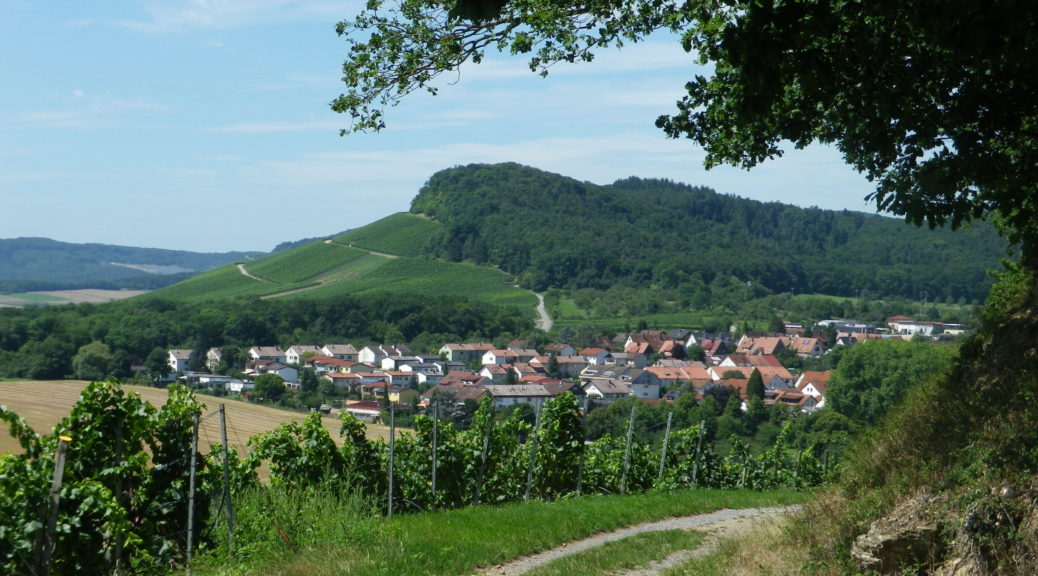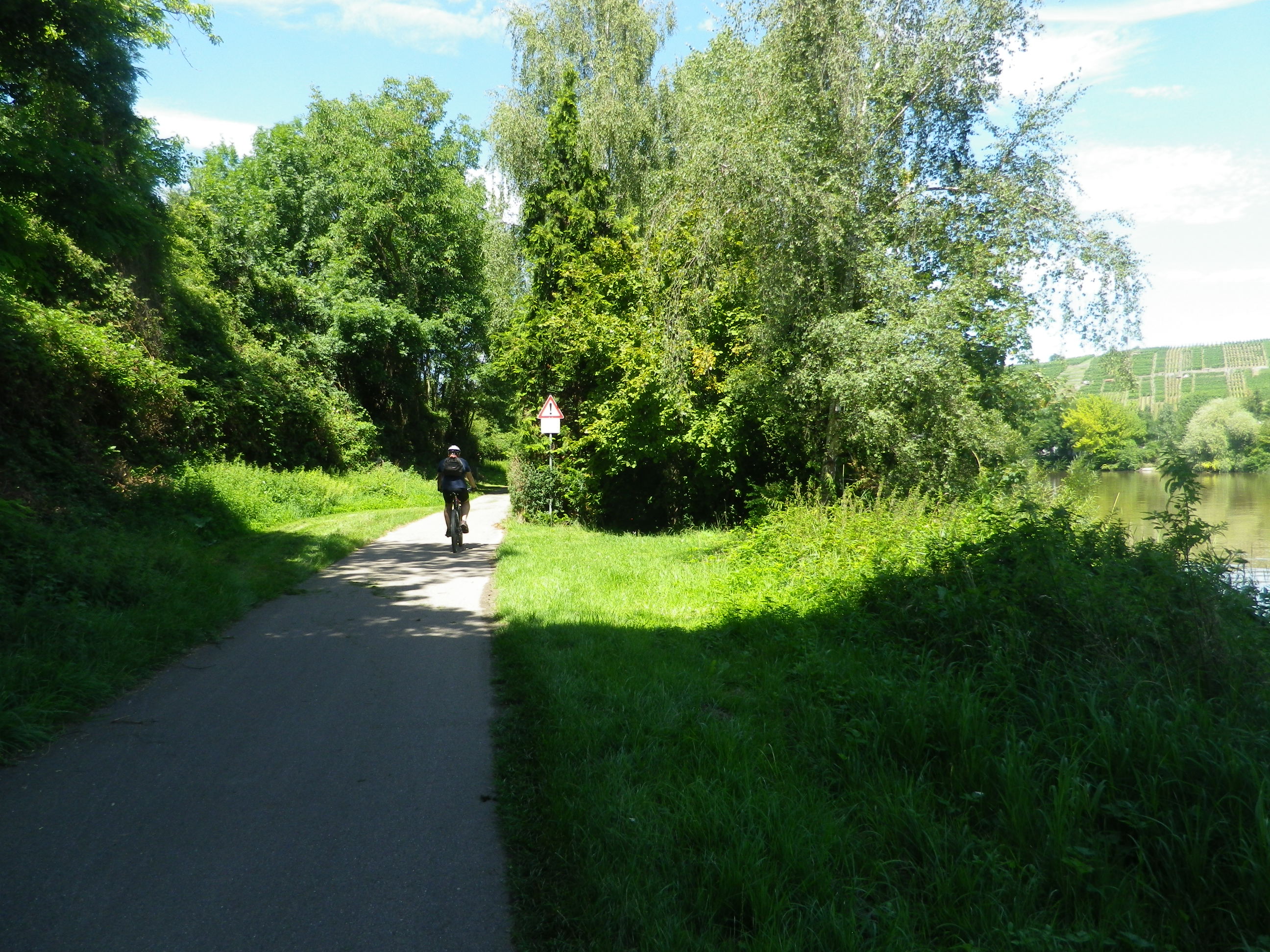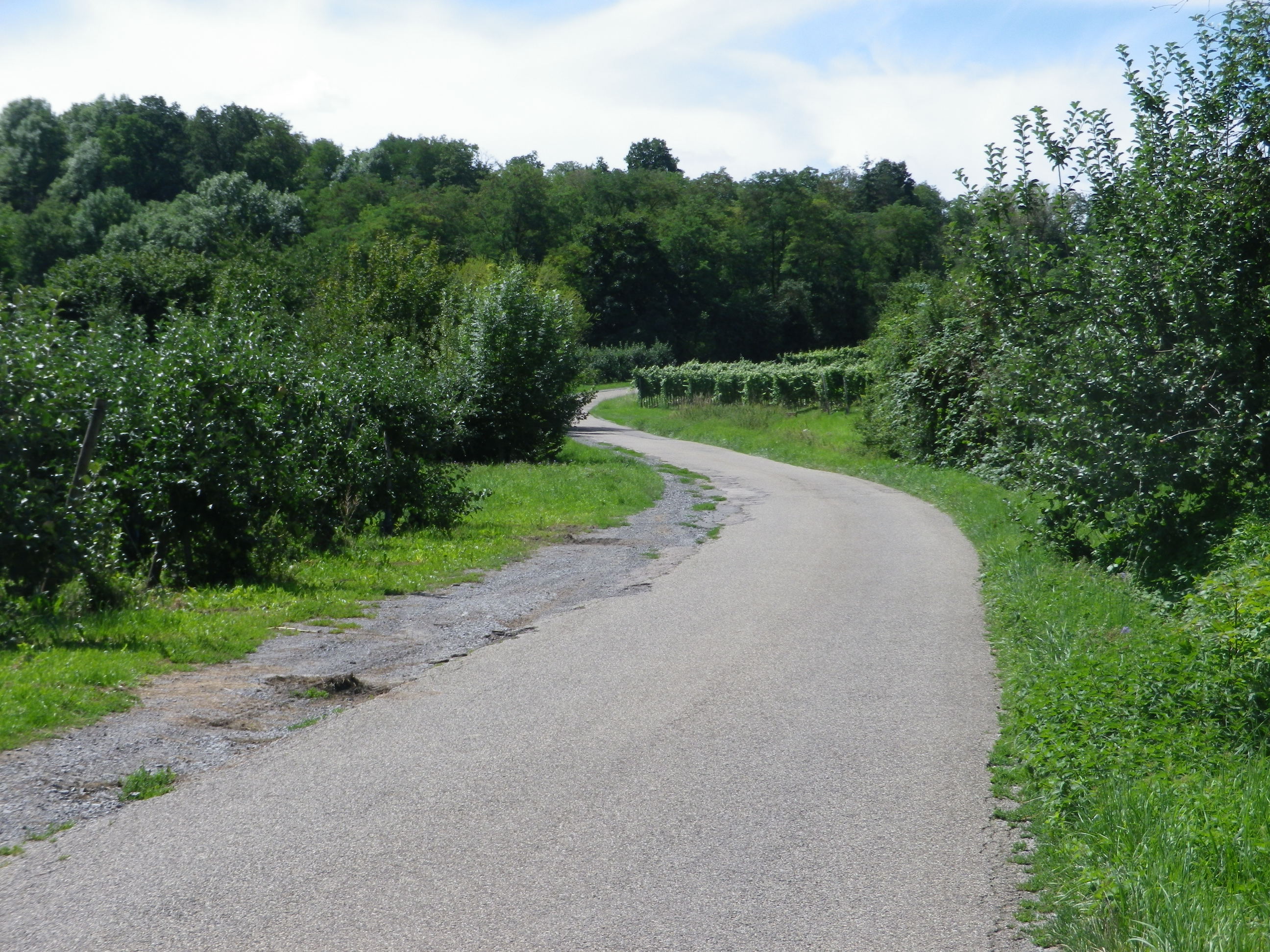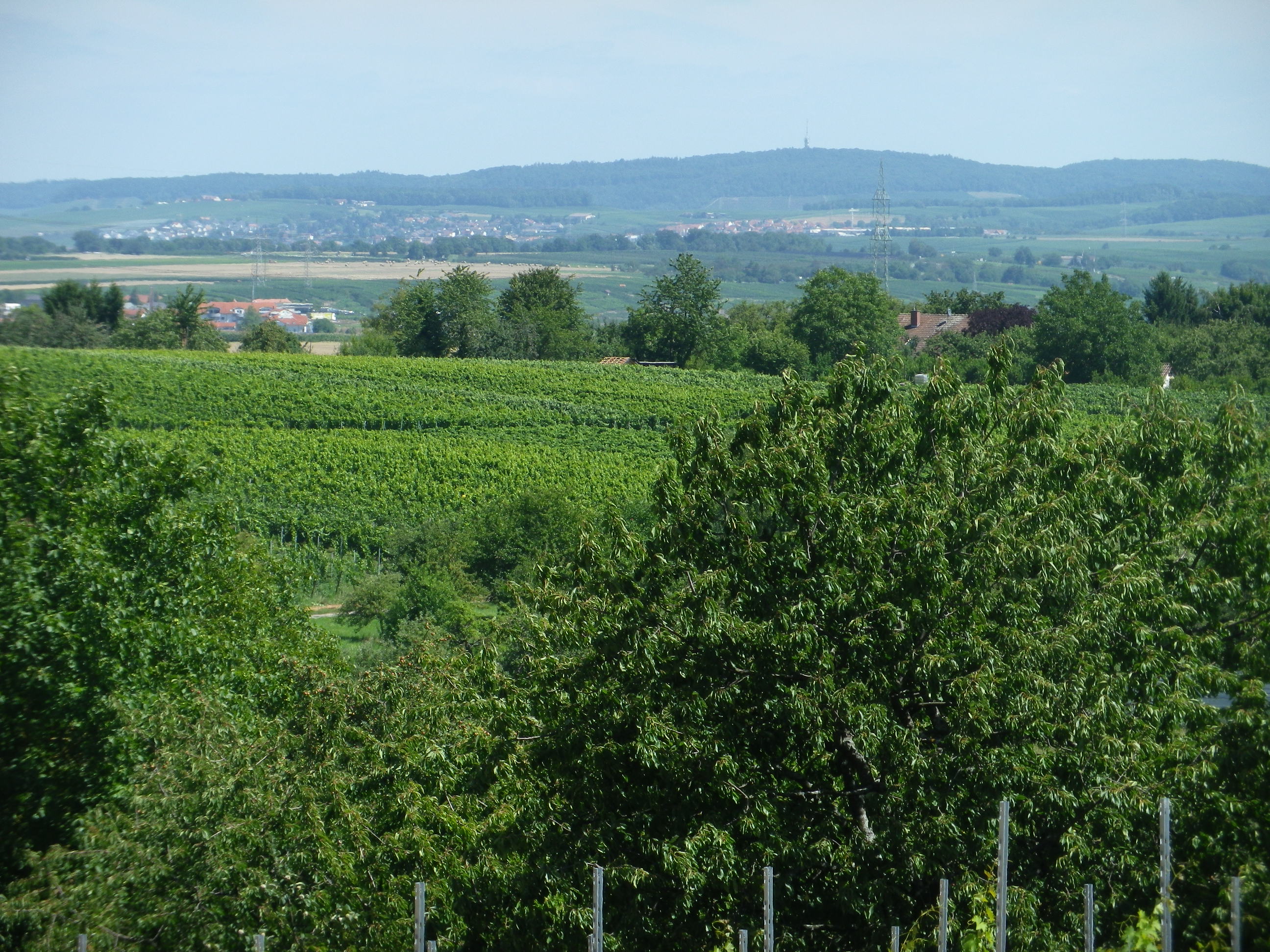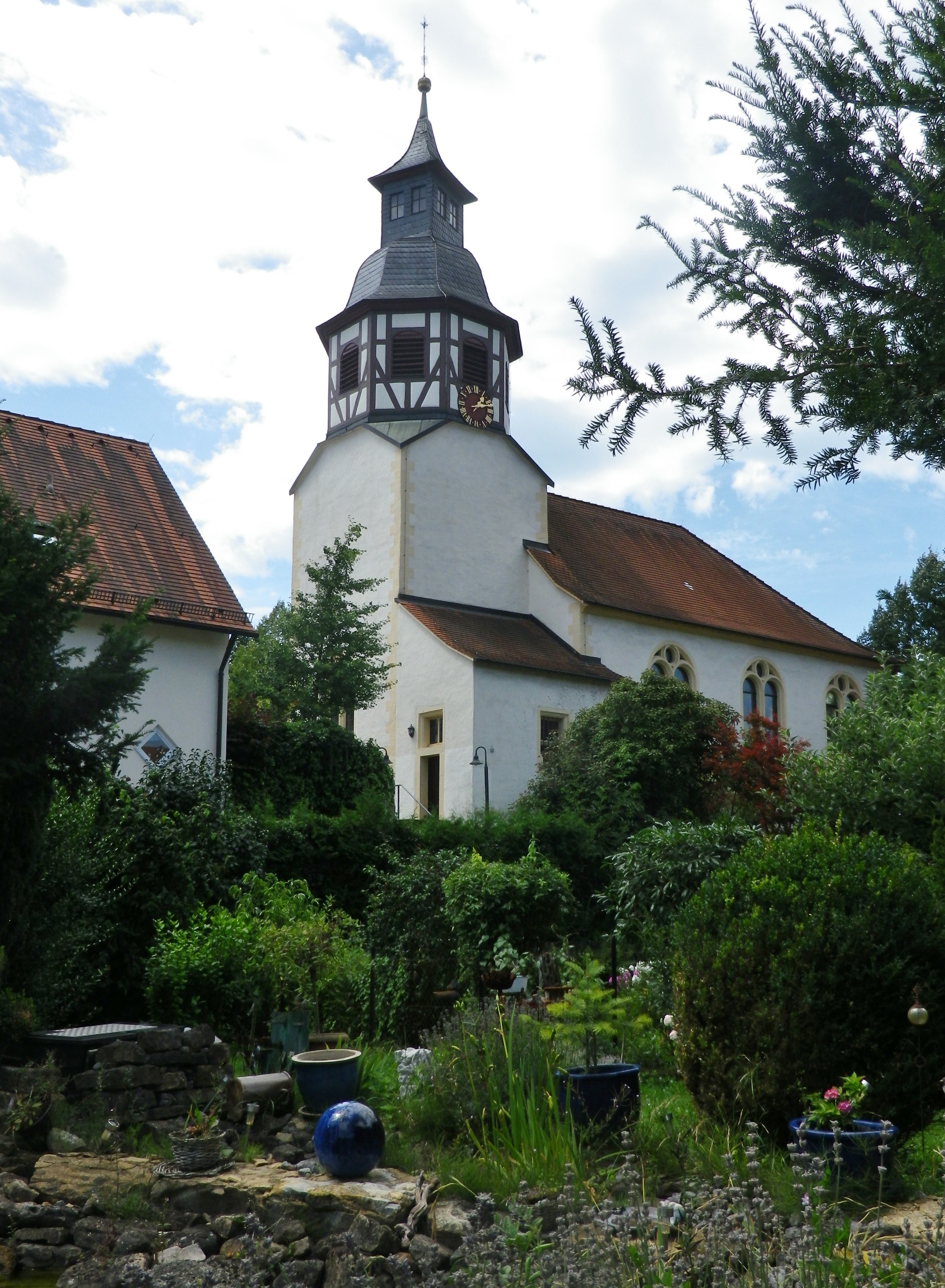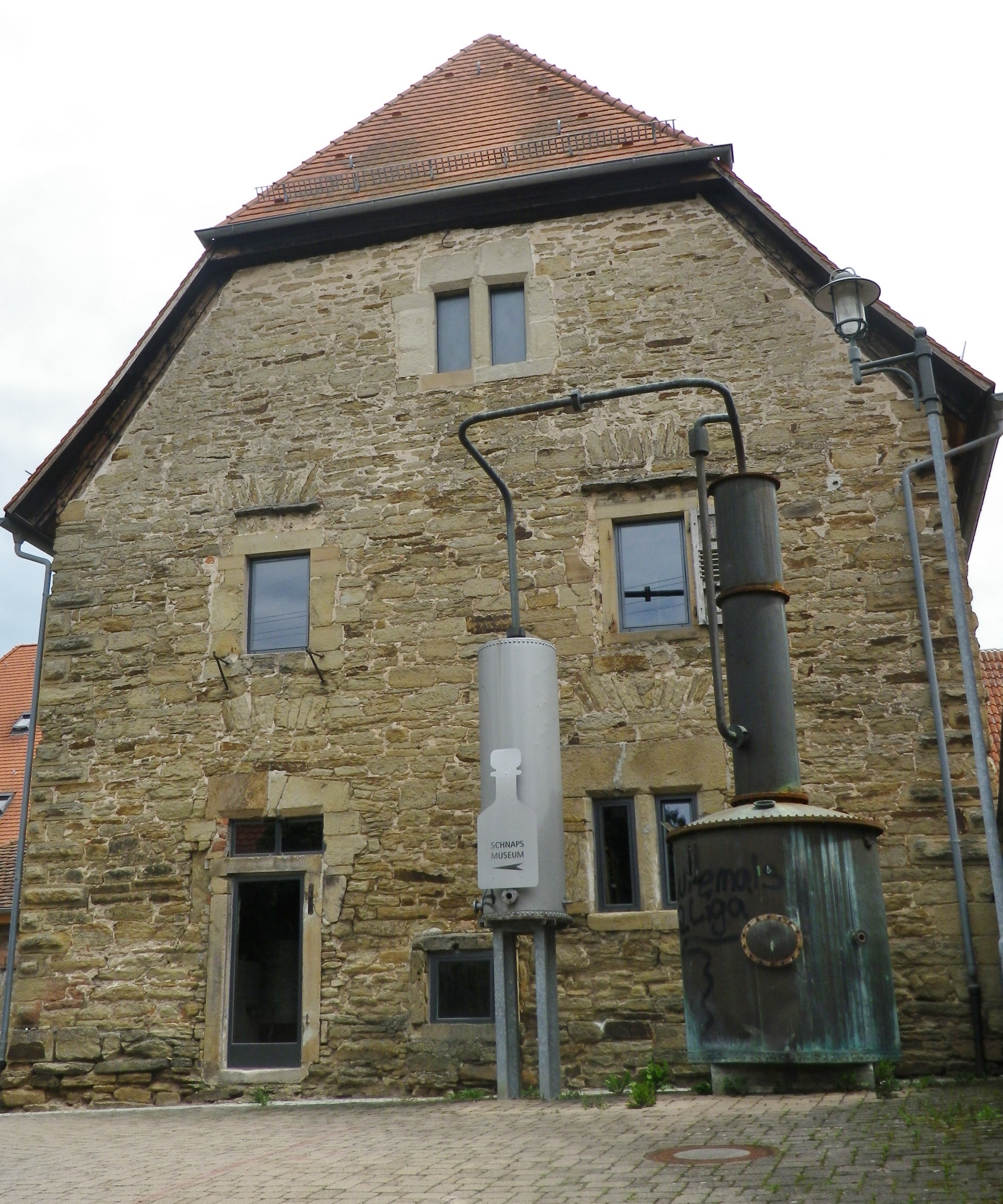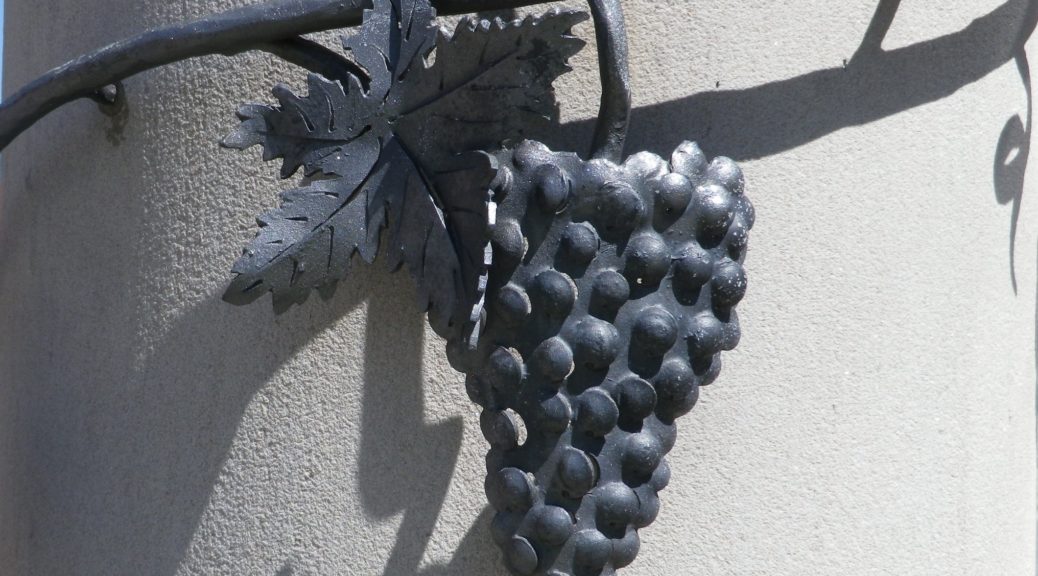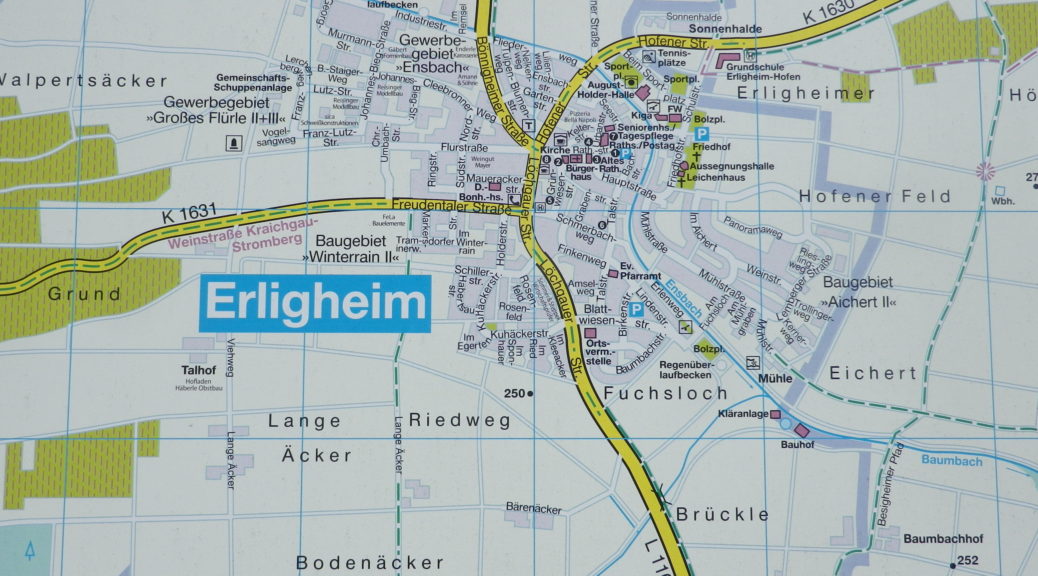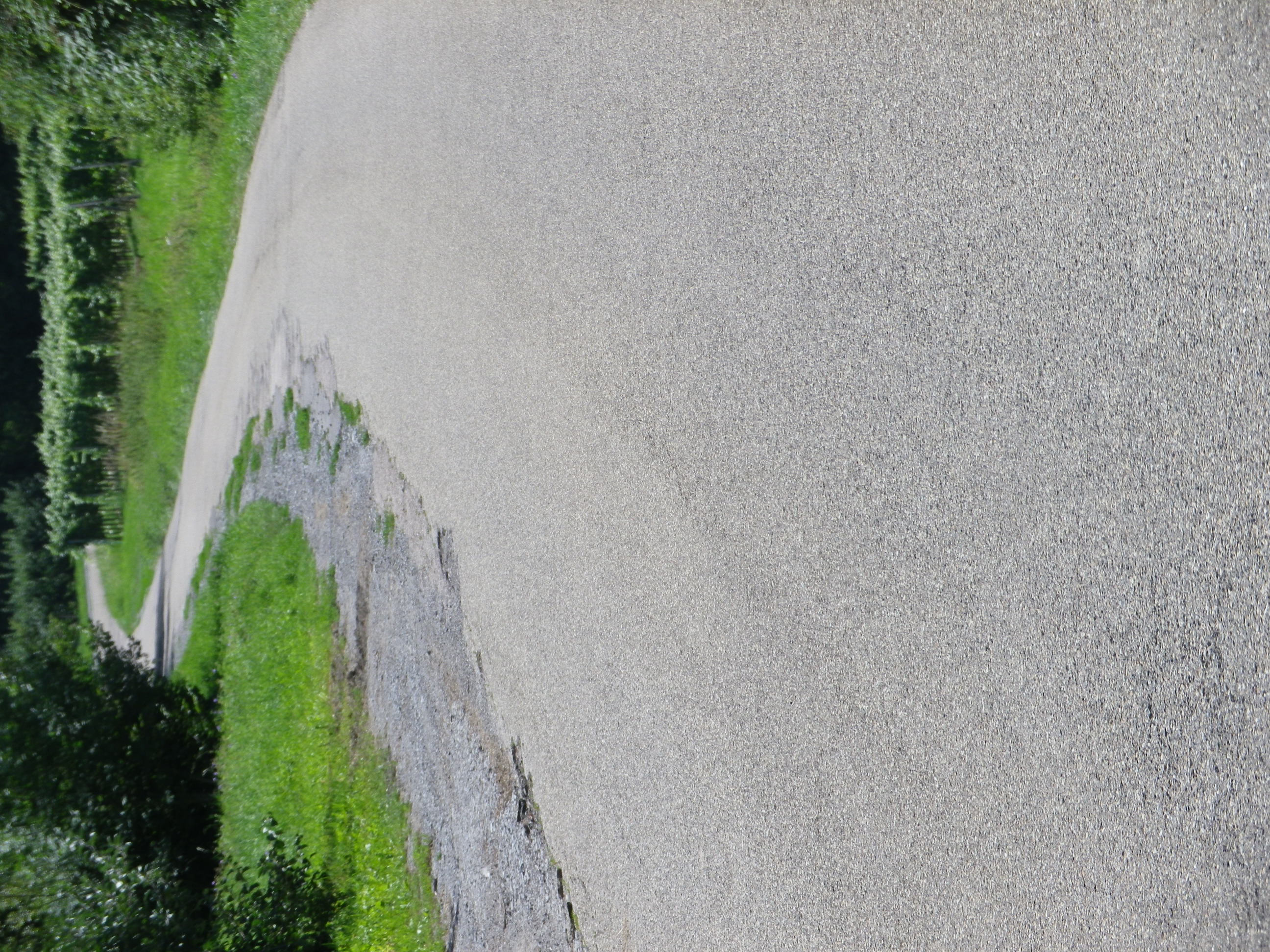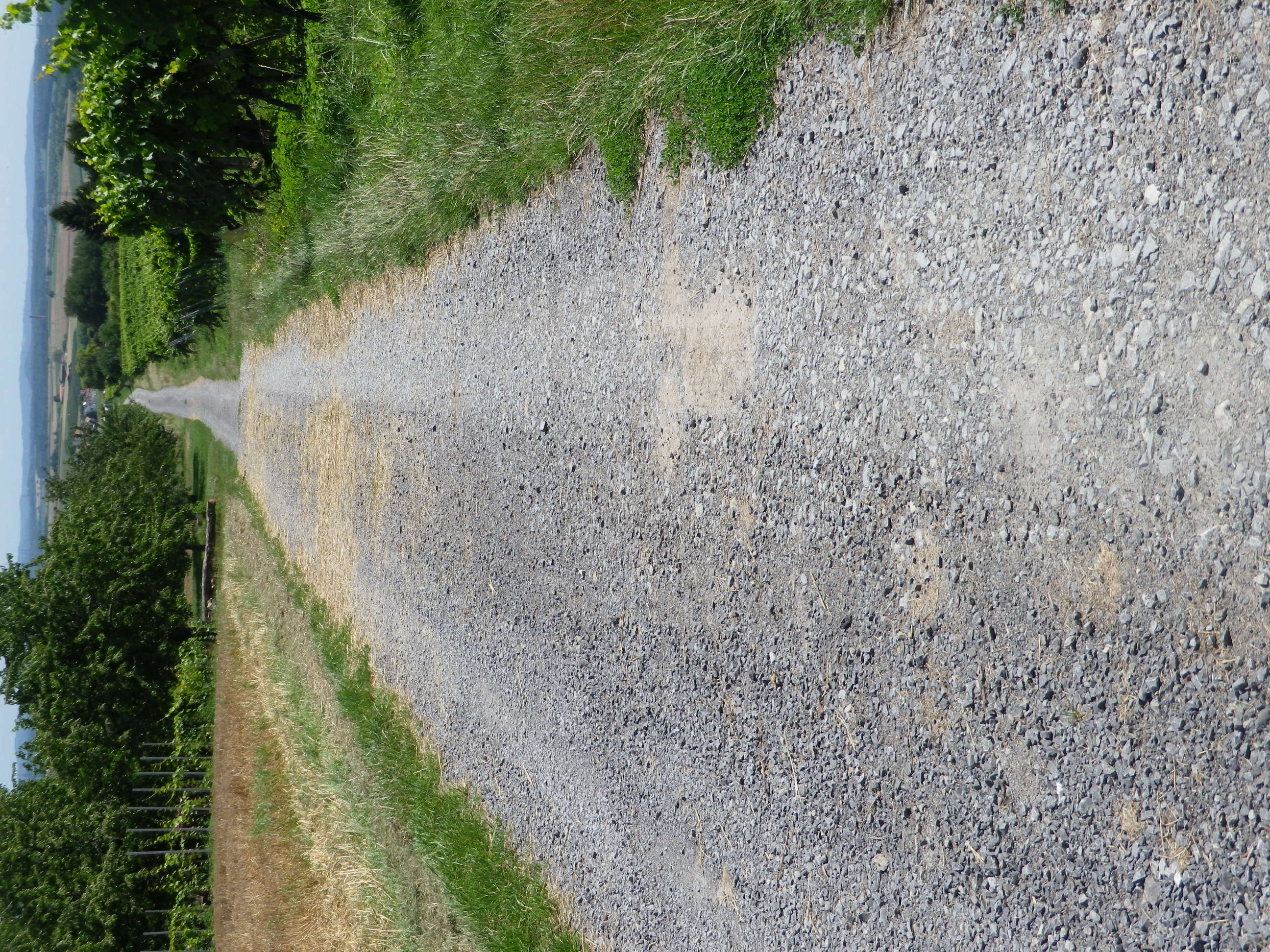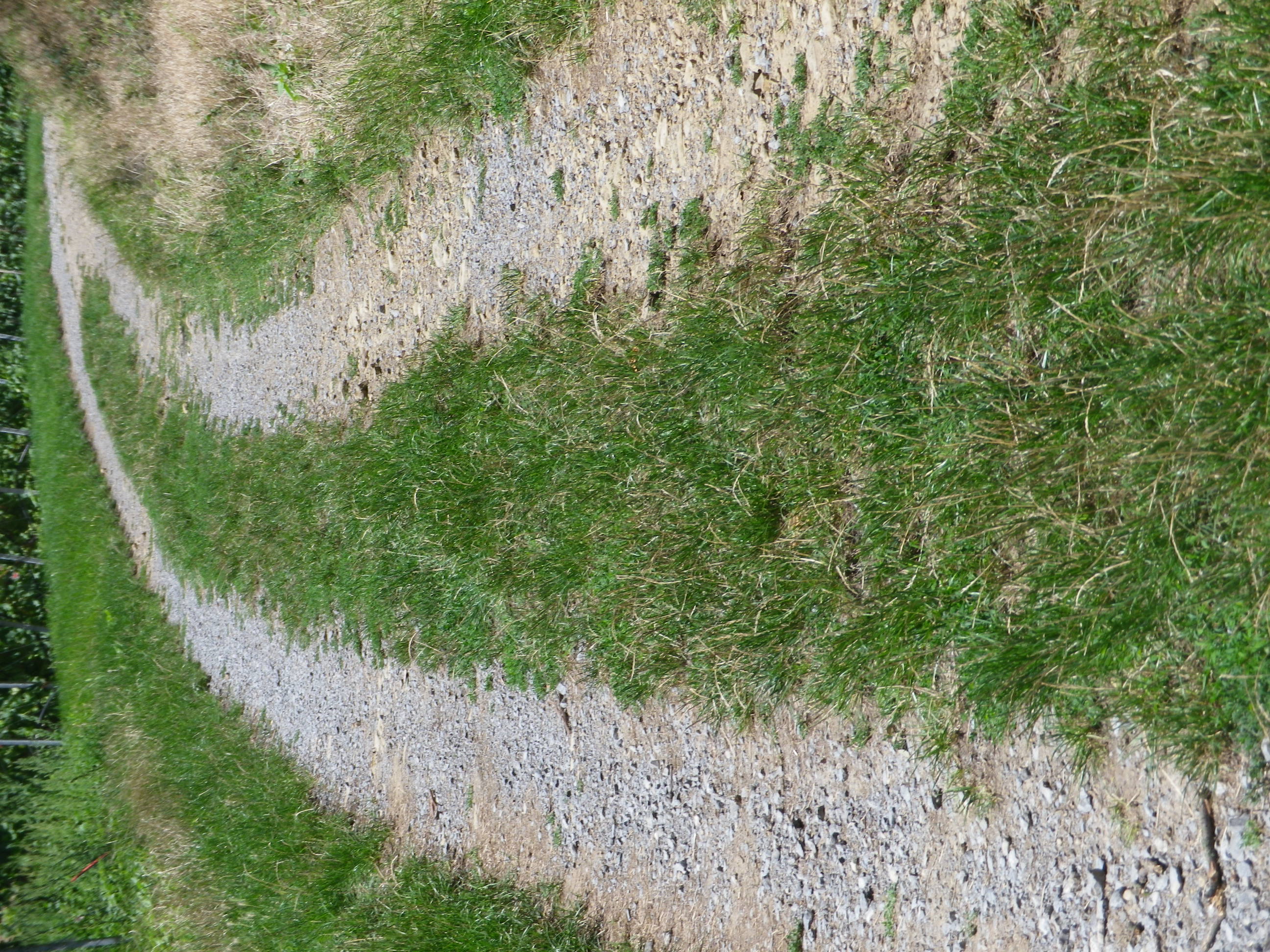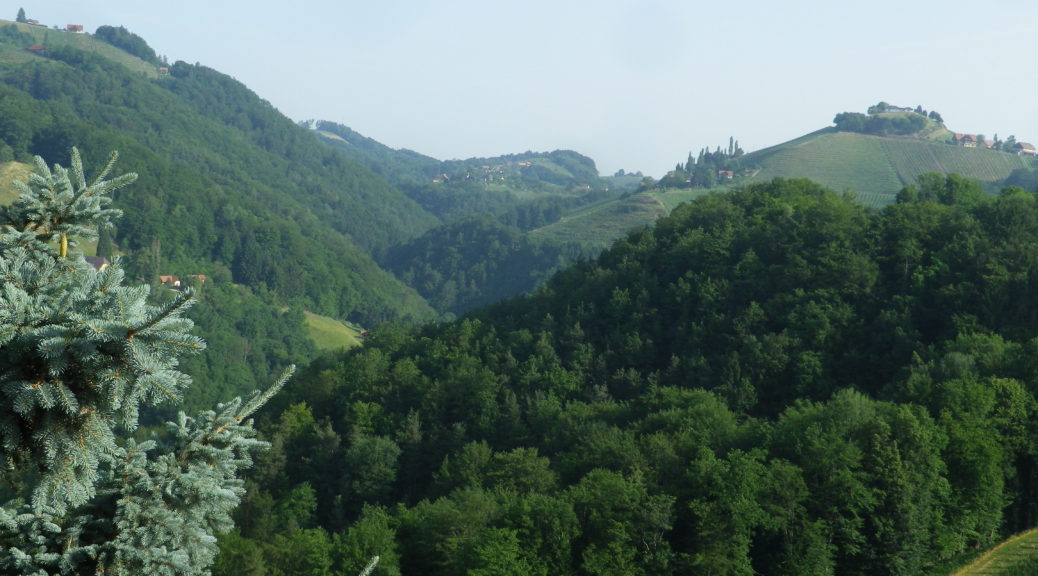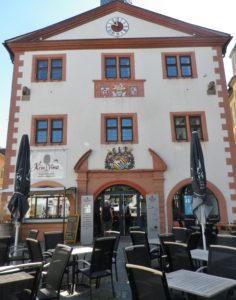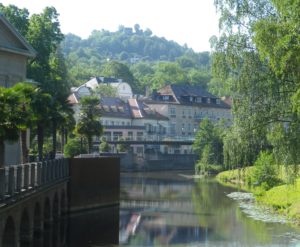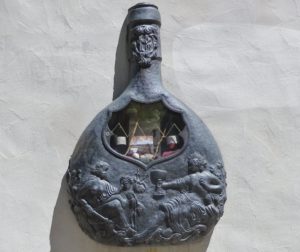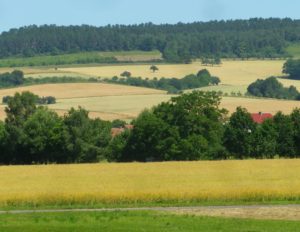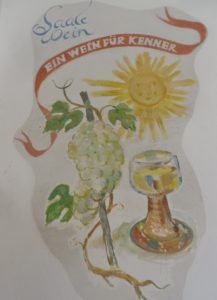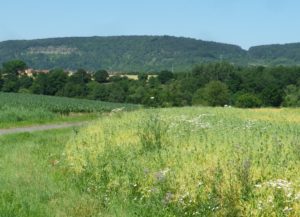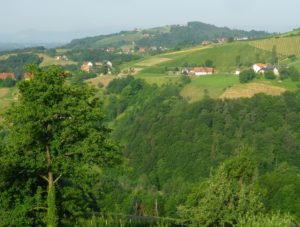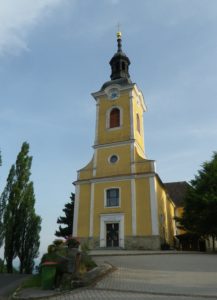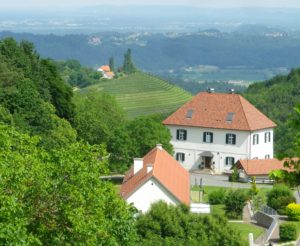Trail Name: Grosse Rebhisliweg
Trail Type: A short distance circuit; well-maintained and mostly hard-packed or paved with some grassy surface; marking on the trail fairly good, but a map could be useful.
Length:
Total – 7.4 kilometers/5.2 miles
Convenient to: Freiburg, Germany
Marking: A rectangular red background with a stylized white letter W, with a stylized white hut inside it
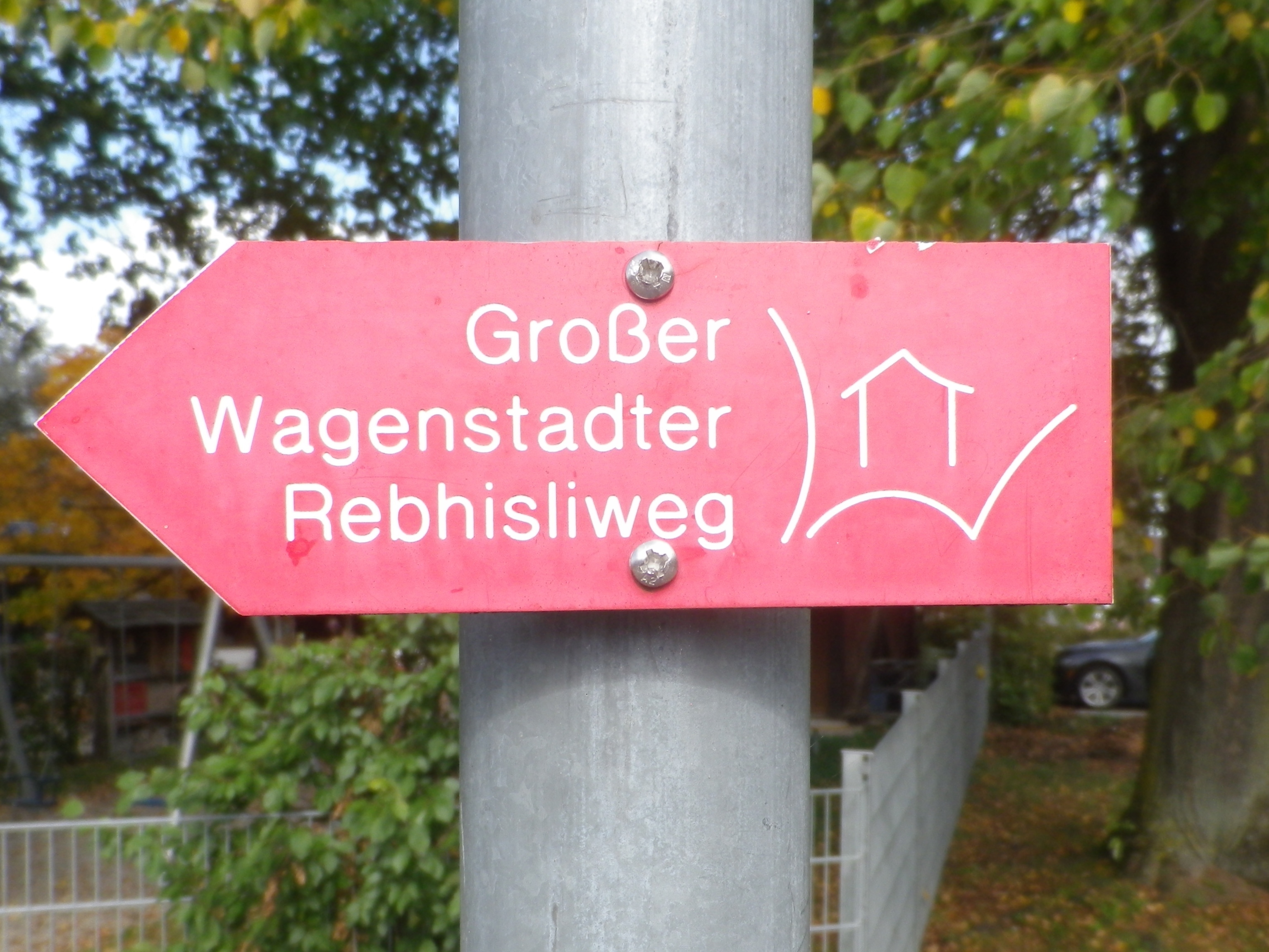
Trail Description: A gentle hike over modest inclines with well-maintained trail surfaces through vineyards and fields with the vintner huts throughout. Great views in all directions, but especially toward the Black Forest.
Trailhead:
Herbolzheim-Wagenstadt, August Ziegler Weg, by the Evangelical church
Parking:
Herbolzheim-Wagenstadt, Im Erb or Im Weiherle
Public Transportation Options:
Rail and Bus: Herbolzheim, and nearby Kenzingen, are two of the many stations on the main north-south train route through the Rhine River Valley. DeutscheBahn (DB) has many trains serving this area, and operates buses which serve the nearby villages like Wagenstadt.
Suggested Stages: Not applicable
Trail Itinerary-Reference Points: (Counterclockwise)
Herbolzheim-Wagenstadt: Kenzingerstr, Brechterstal, fields, vineyards, edge of forest, vineyards, Weingut Schaudt, Kenzingerstr, Ob dem Dorf, past the cemetery, vineyards, down a slope to trailhead.
Representative Trail Photos:
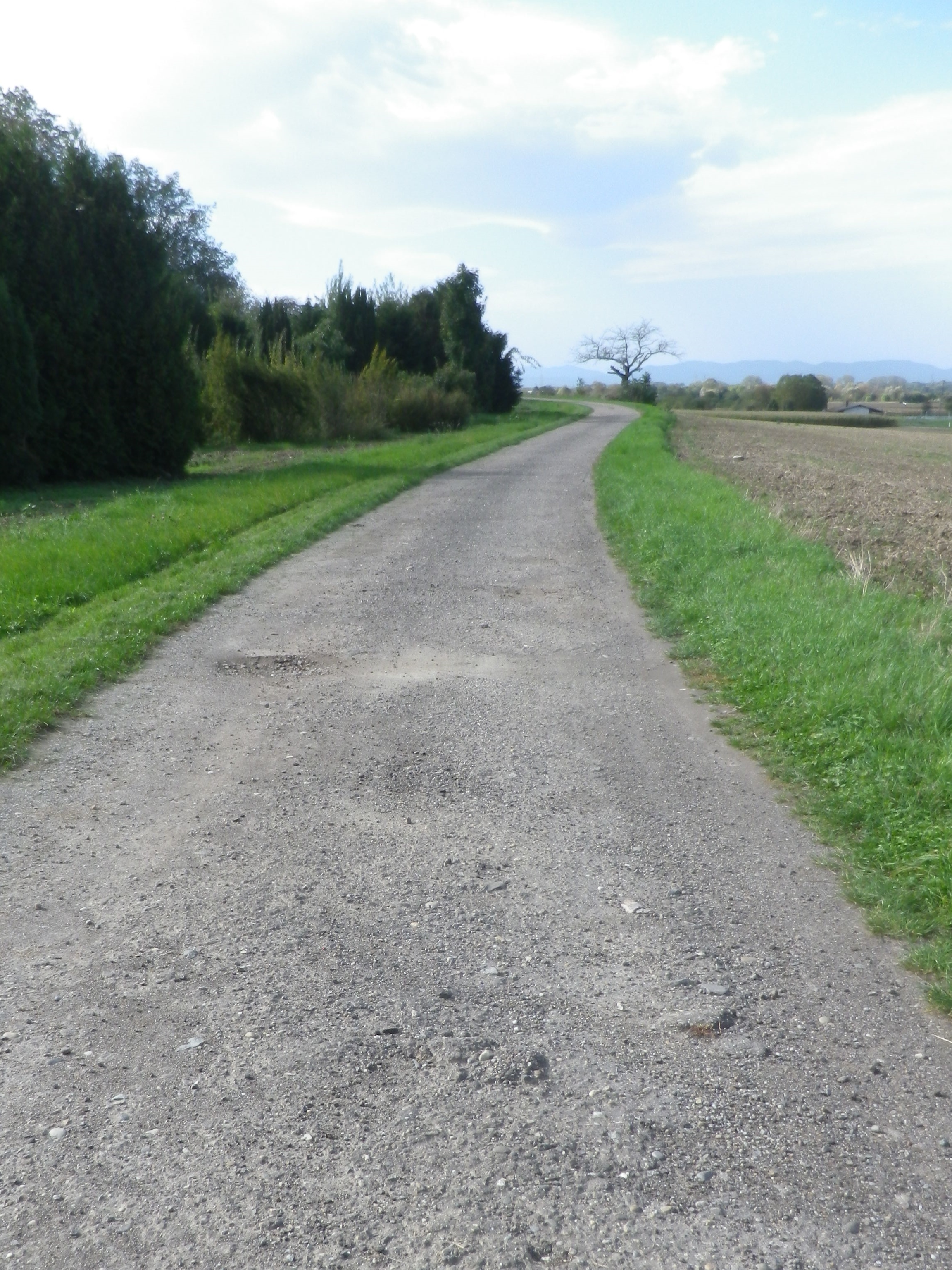
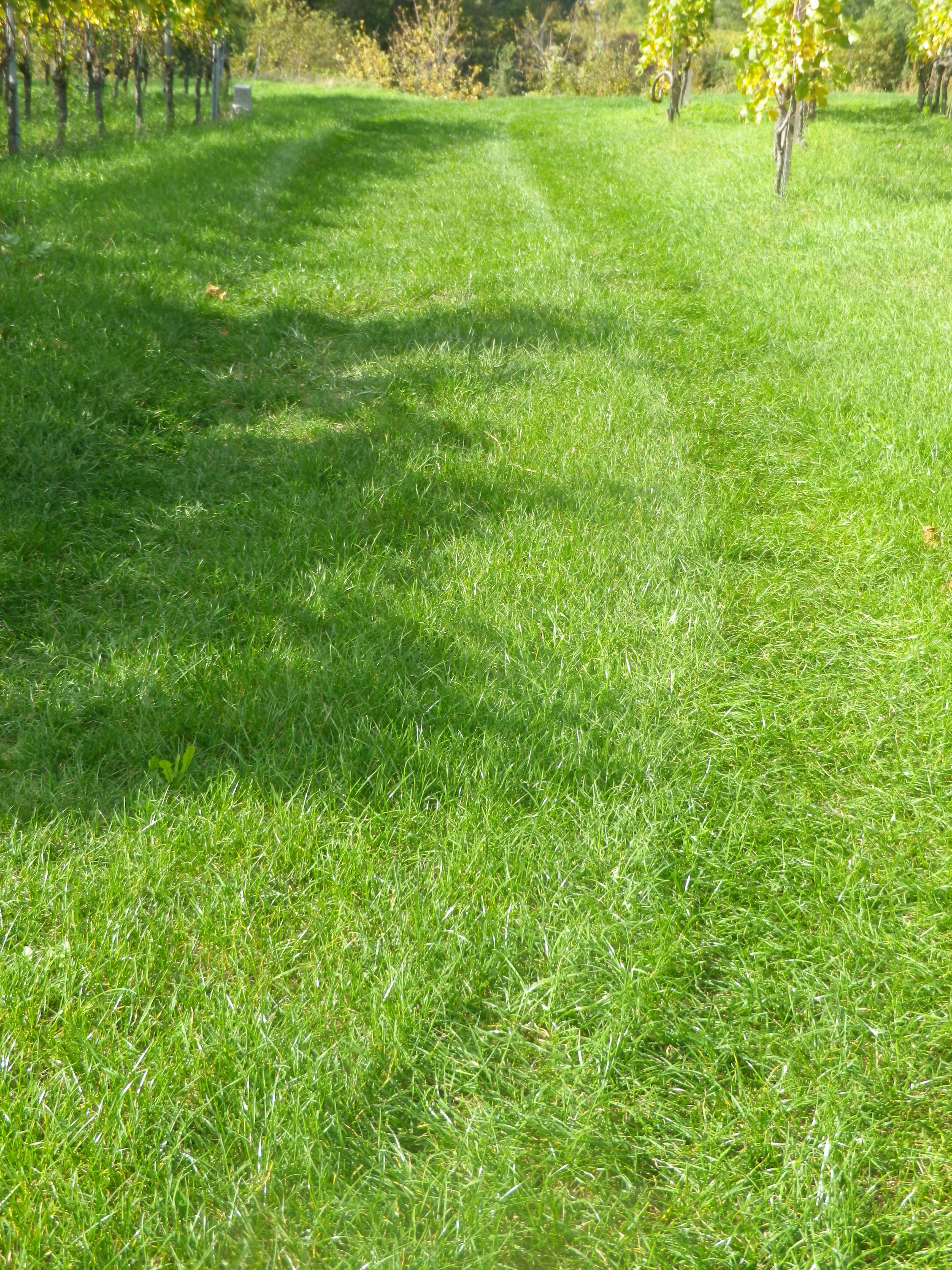
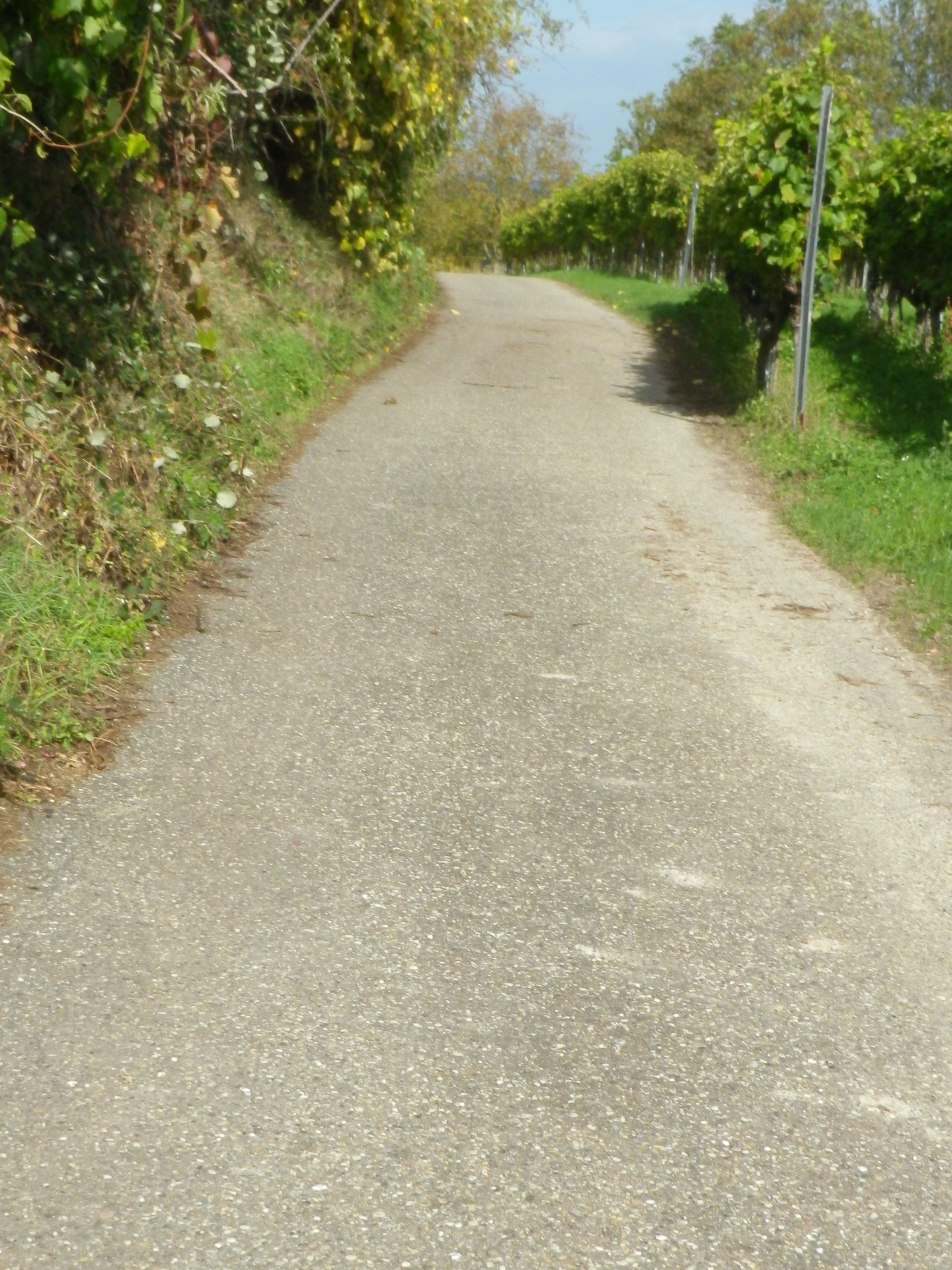
Restrooms:
None observed
Attractions on or near Trail:
None related to wine
Tasting along the Trail:
Three wineries are on the trail (but note hours), plus other wineries and taverns in the nearby towns Kenzingen and Malterdingen
Alternative Options:
Hiking: Nearby Ettenheim has the Weinwanderung Kaiserberg, a circuit similar in distance and landscape. See the Nutshell here.
Car: The Badische Weinstrasse, a car route of over 500 kilometers on mostly secondary roads, covers not only Wagenstadt, Bleicheim and Tutschfelden, but most of the wine villages and towns from Laudenbach, north of Heidelberg, to Weil am Rhein by Basel, Switzerland.
Additional Information:
Regional: https://www.schwarzwald-tourismus.info/schwarzwald/regionen/region-europa-park
Trail specific: https://www.alltrails.com/explore/map/rebhisliweg-wagenstadt
Comments:
Two trails actually, with a tiny bit of overlap, the Grosse, or long trail has red signage, and the shorter one (about 4.1 kilometers) has blue and yellow signage.
A pleasant trail, and I could recommend it for families with children of about six or seven and up.
The one grass covered surface section might not be mowed, which could be an issue in mid-summer. However, there are easily identifiable detours all around.
